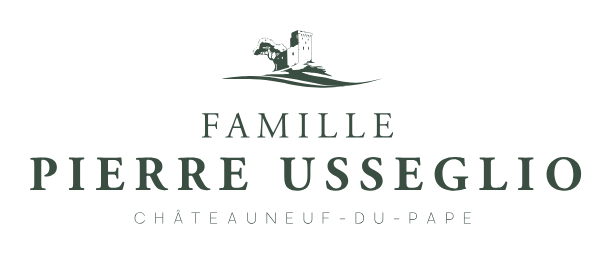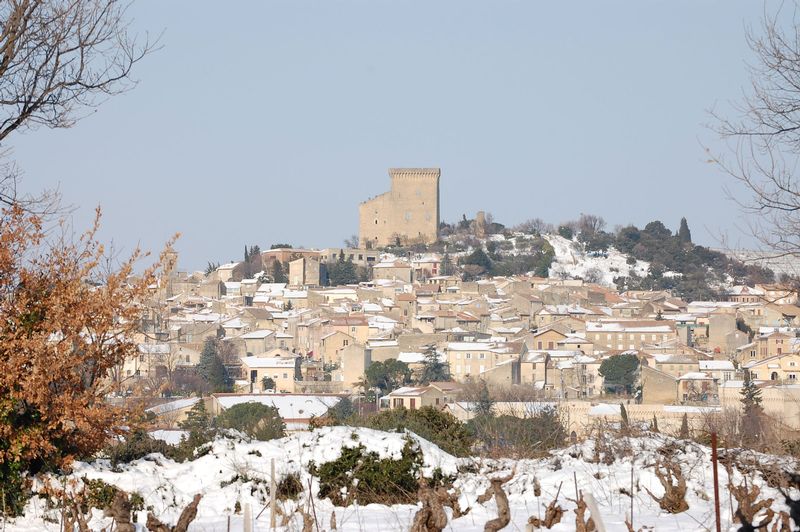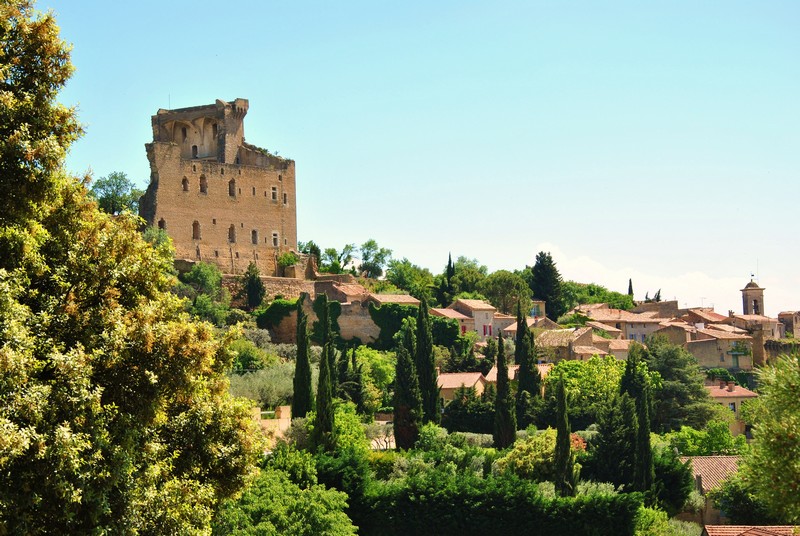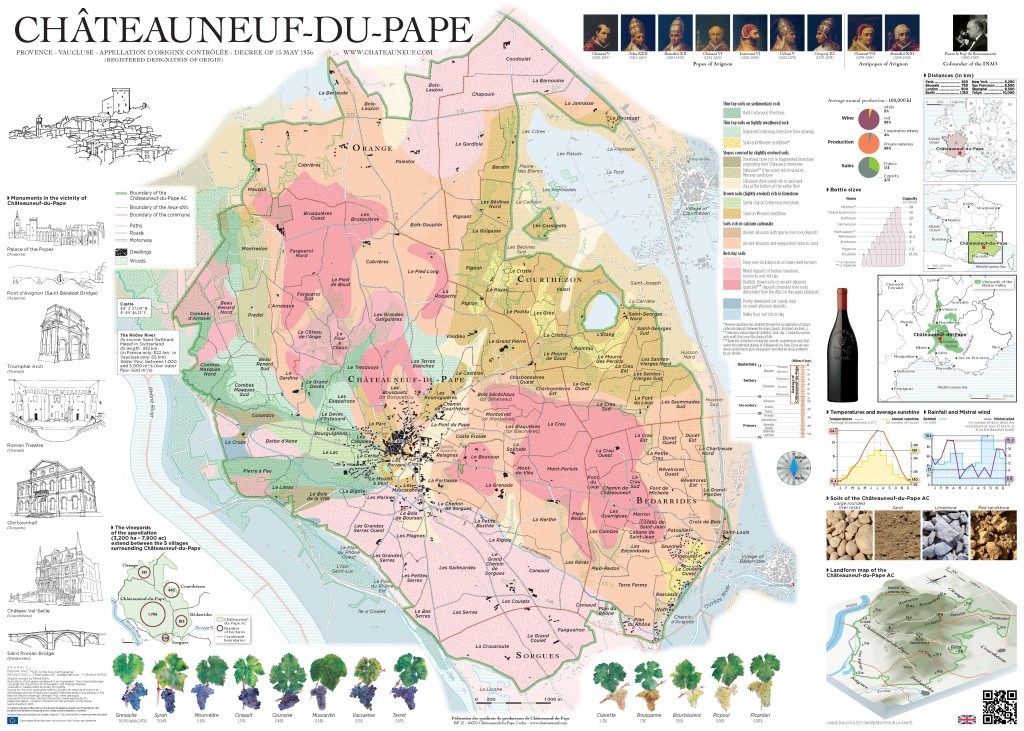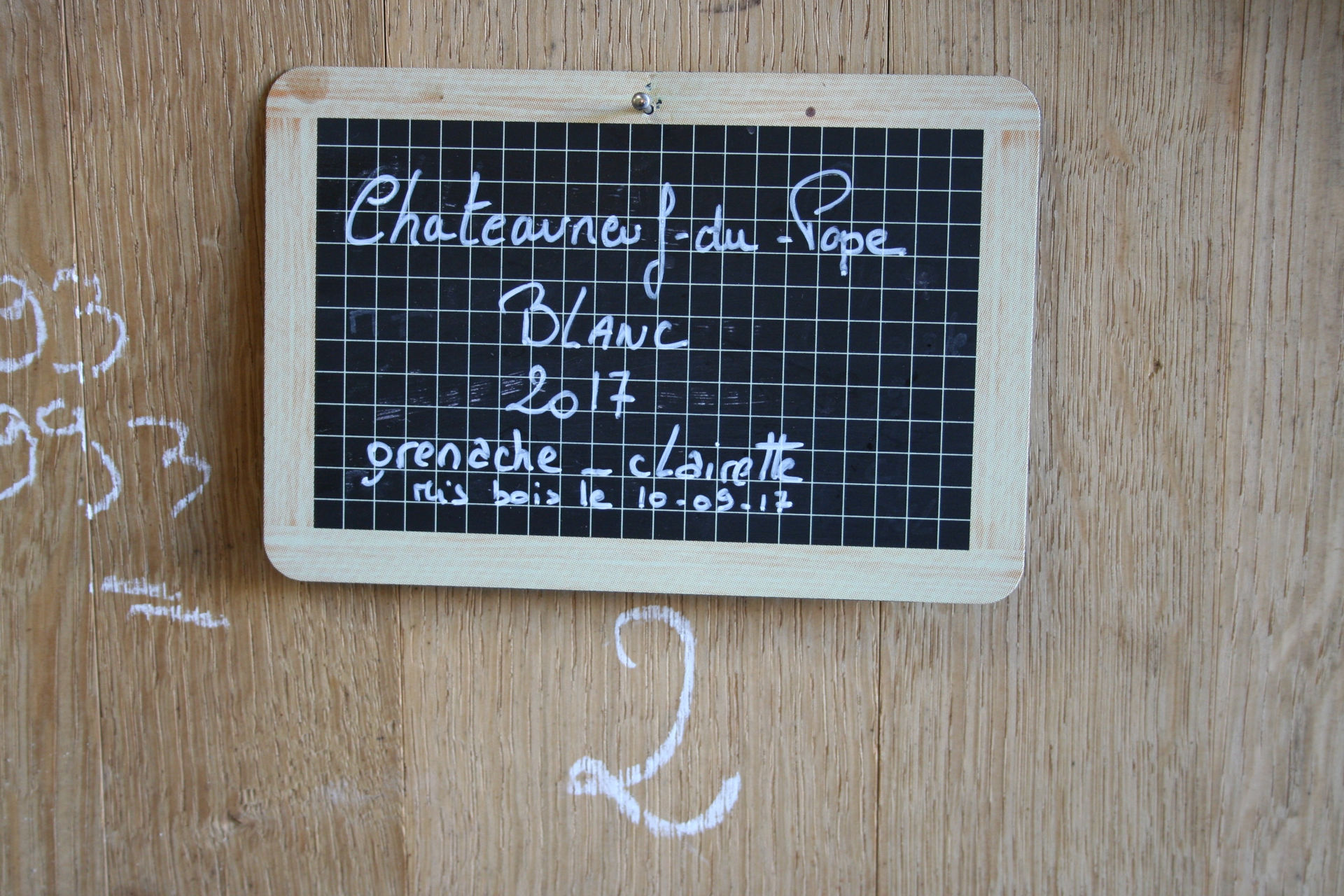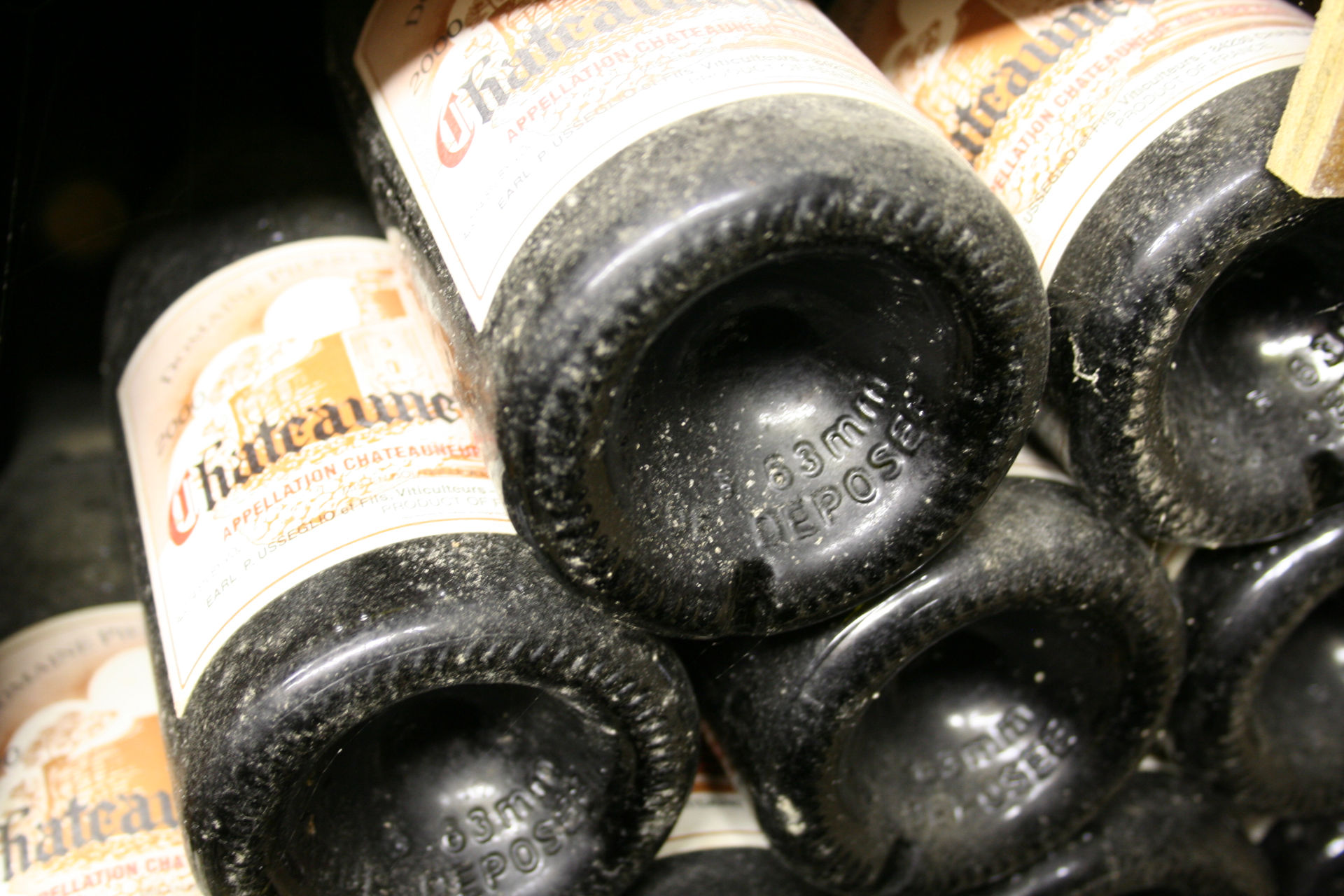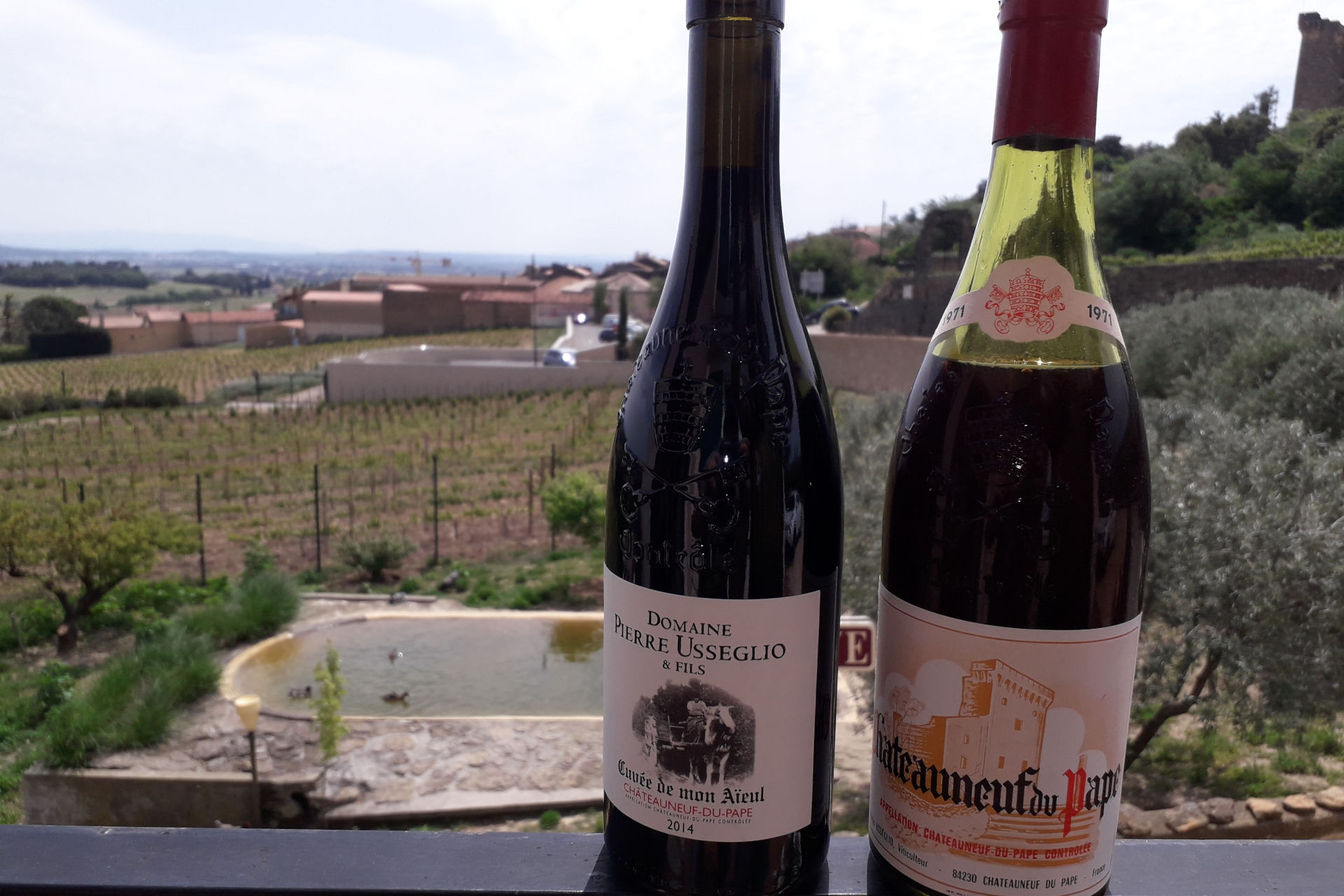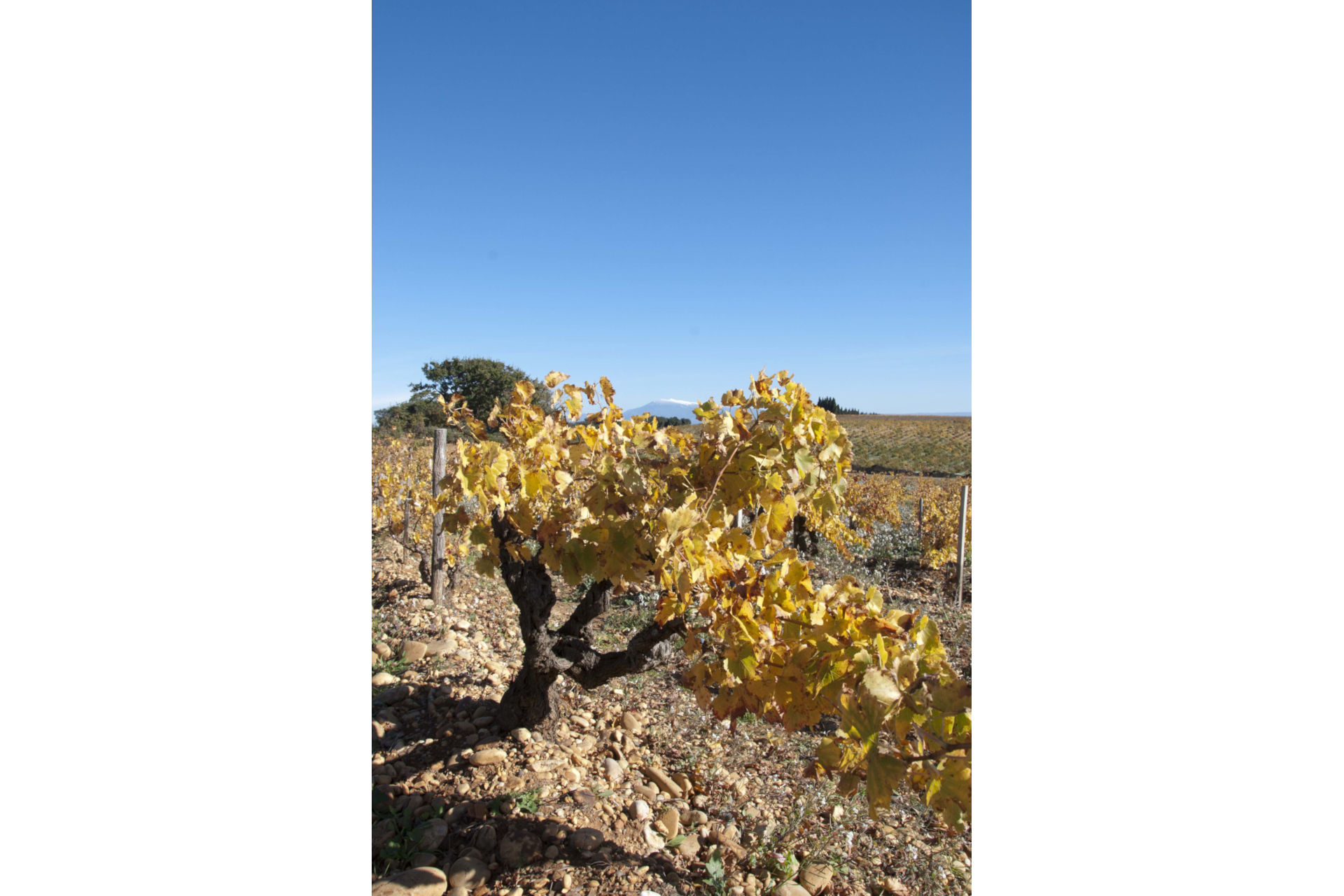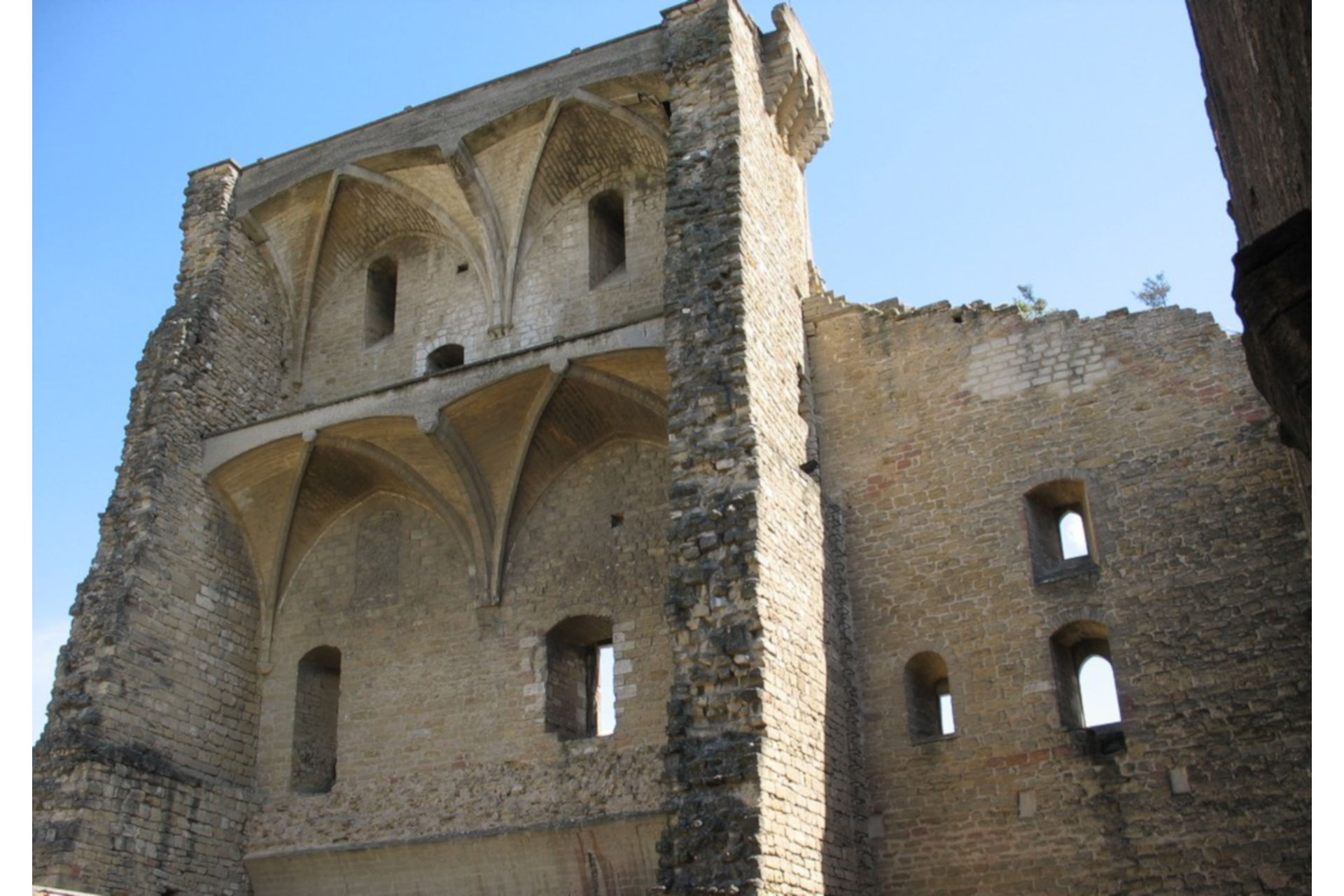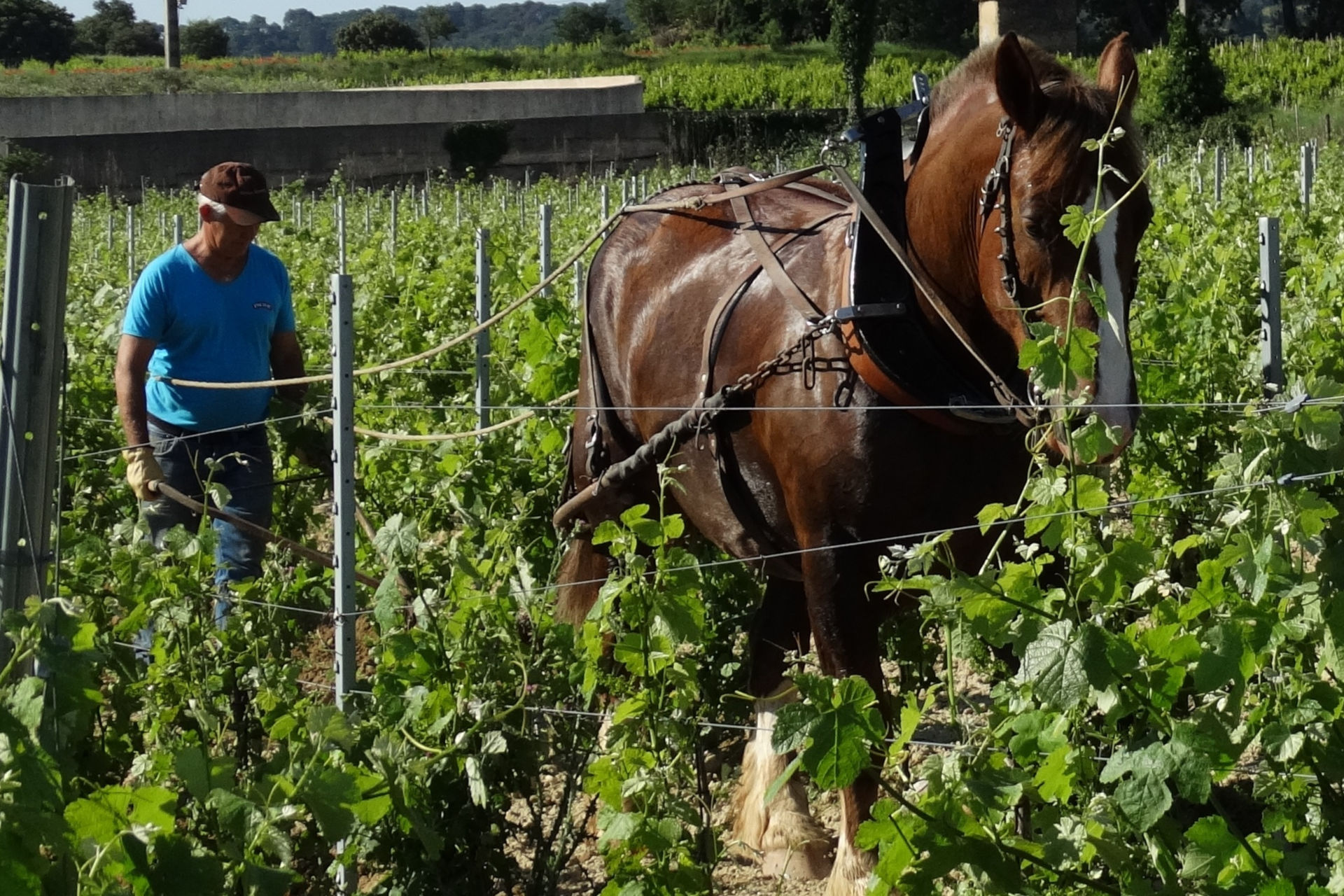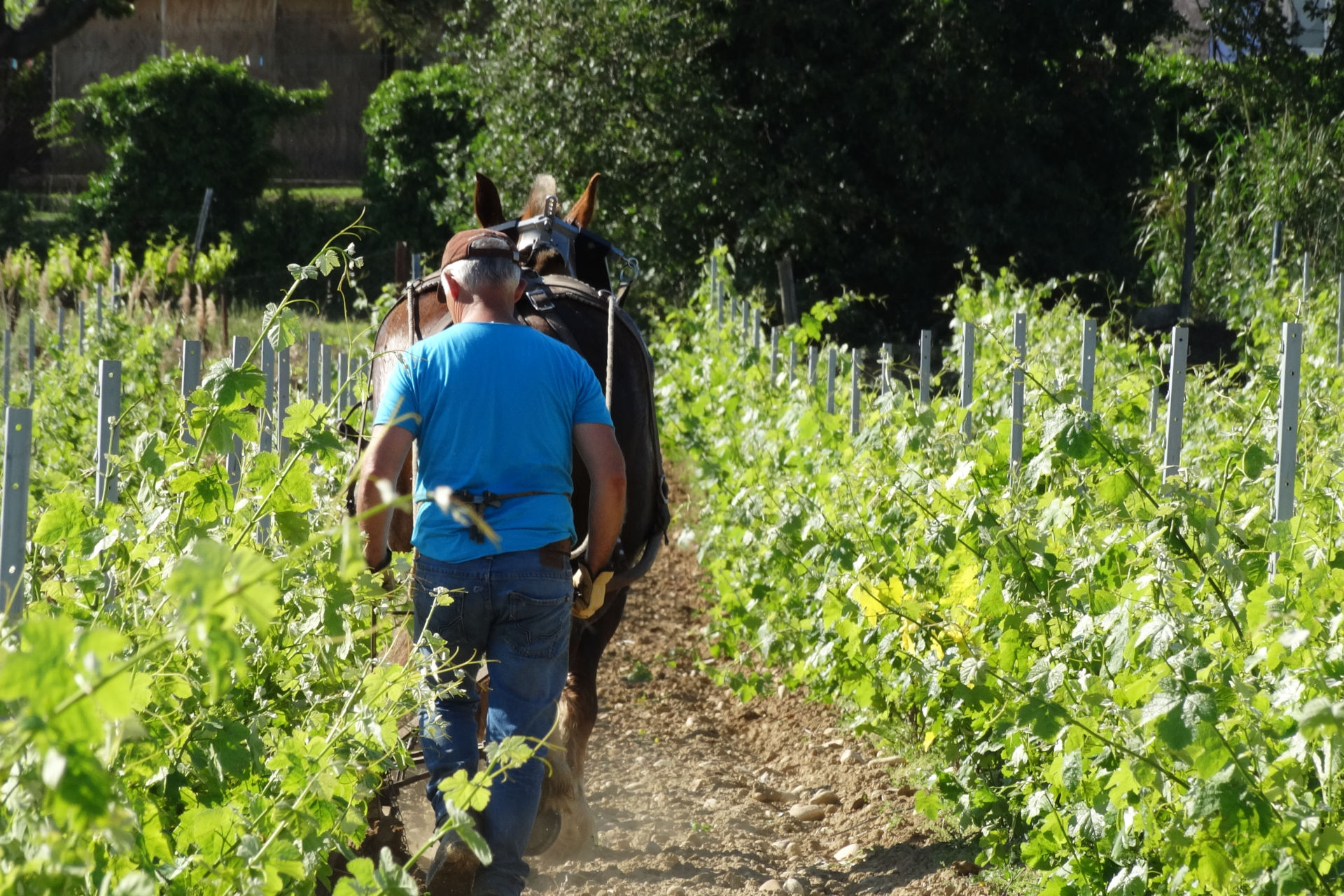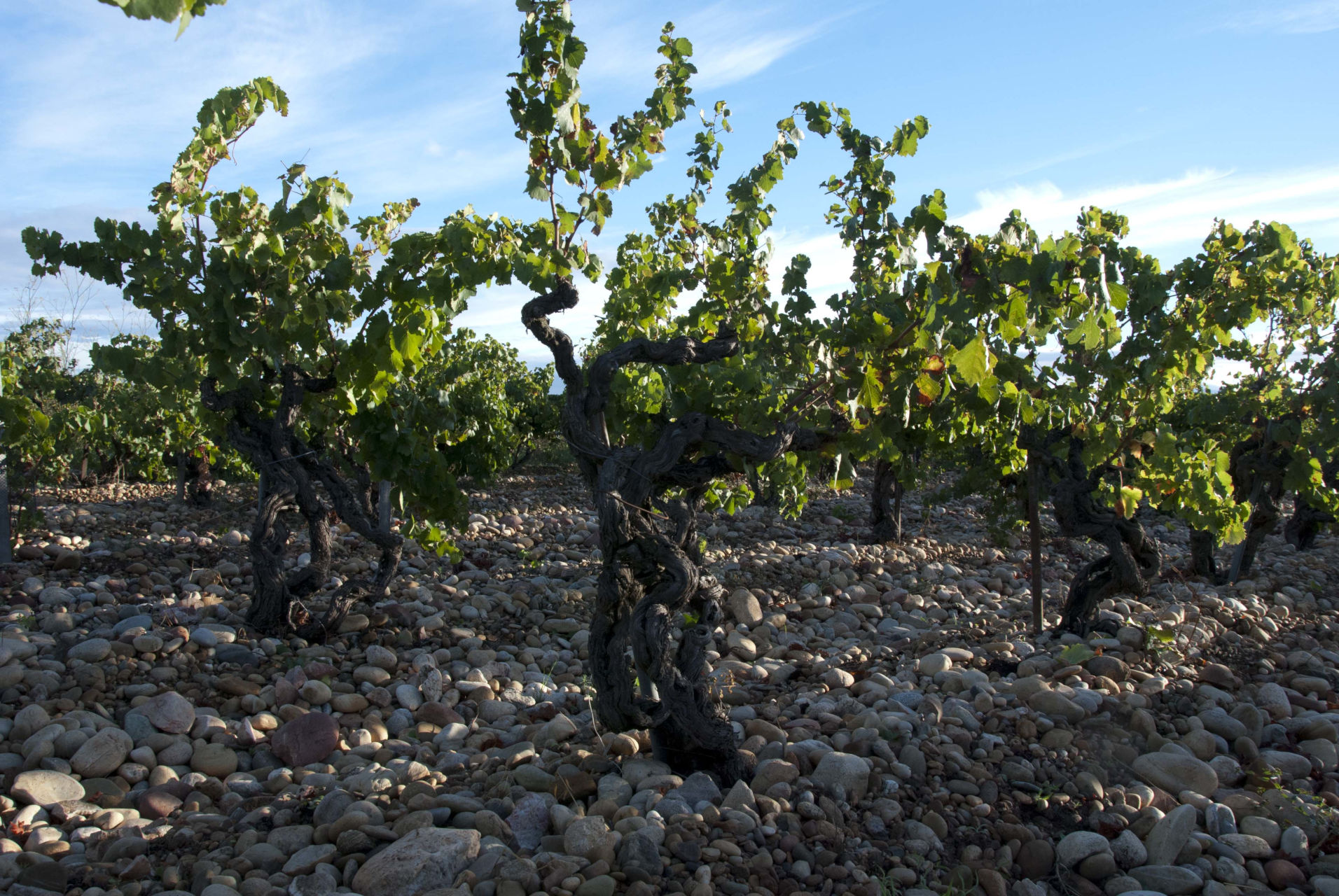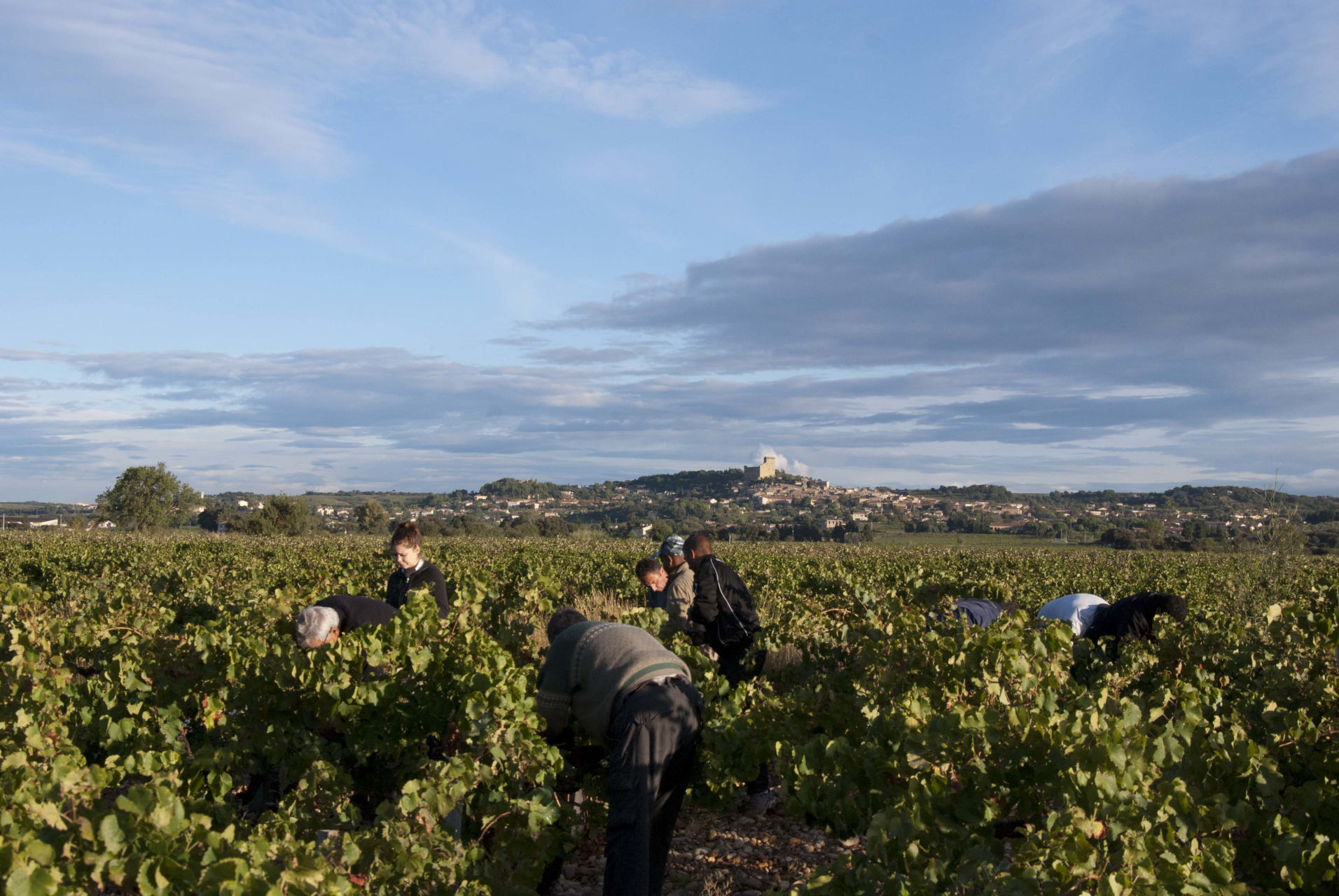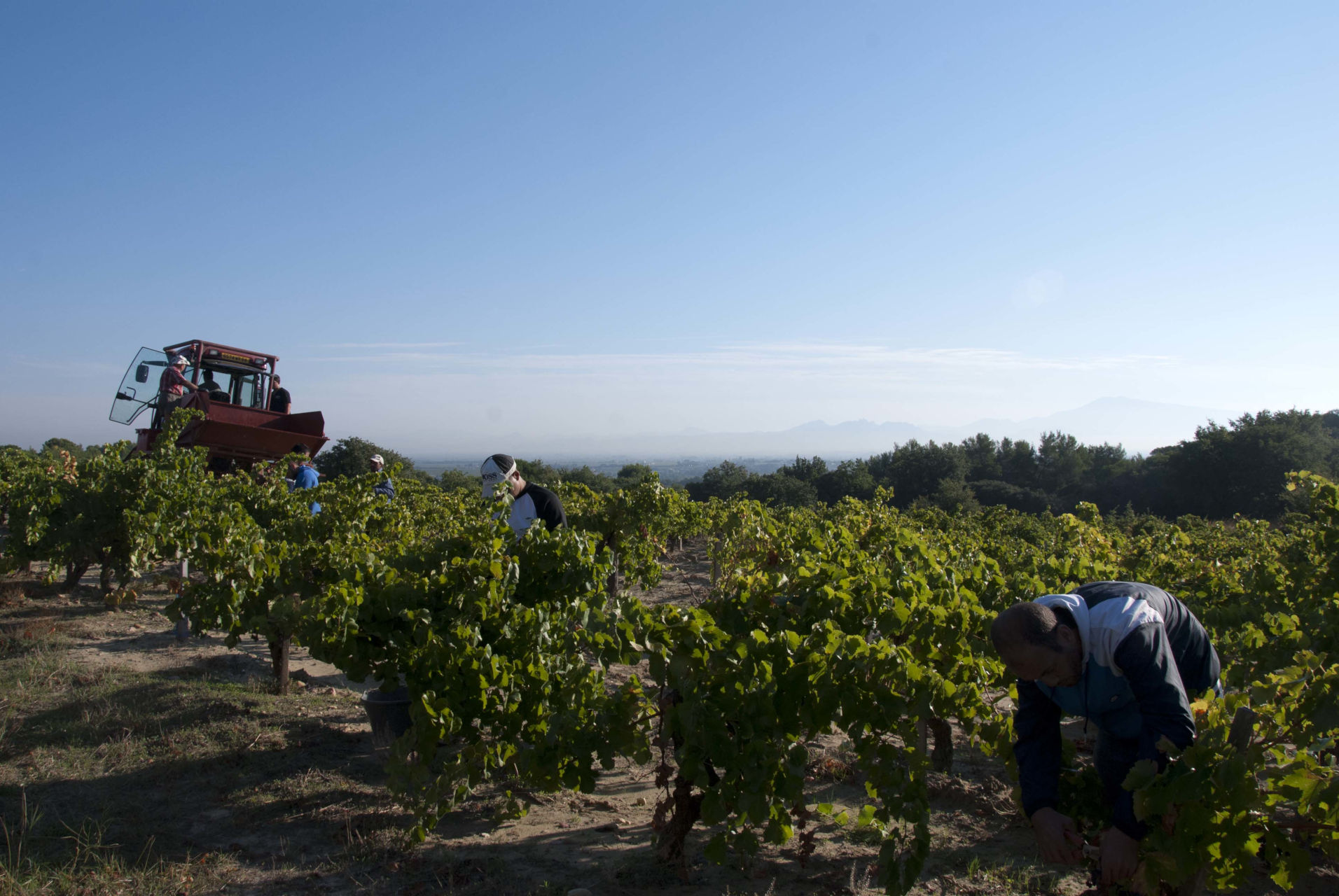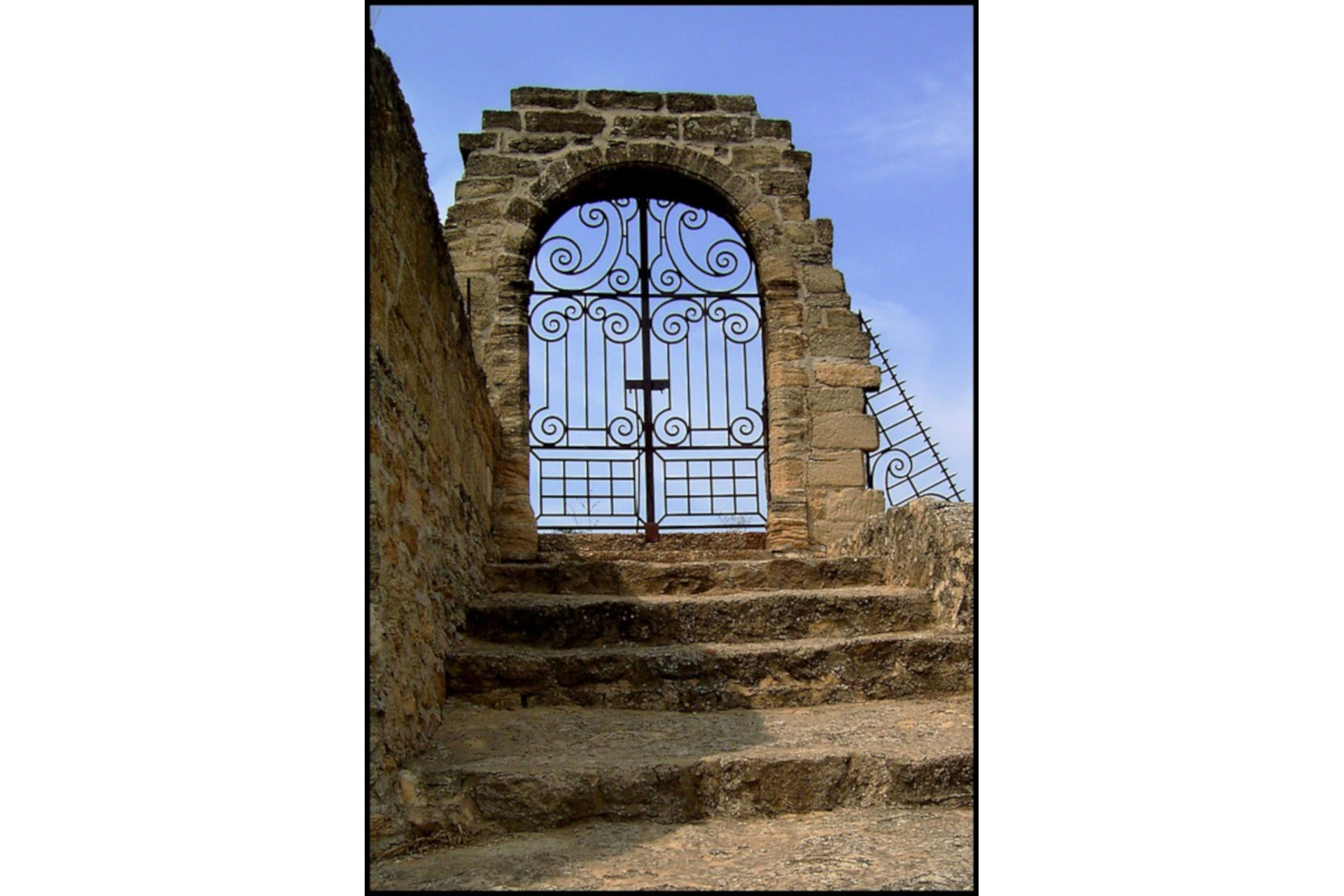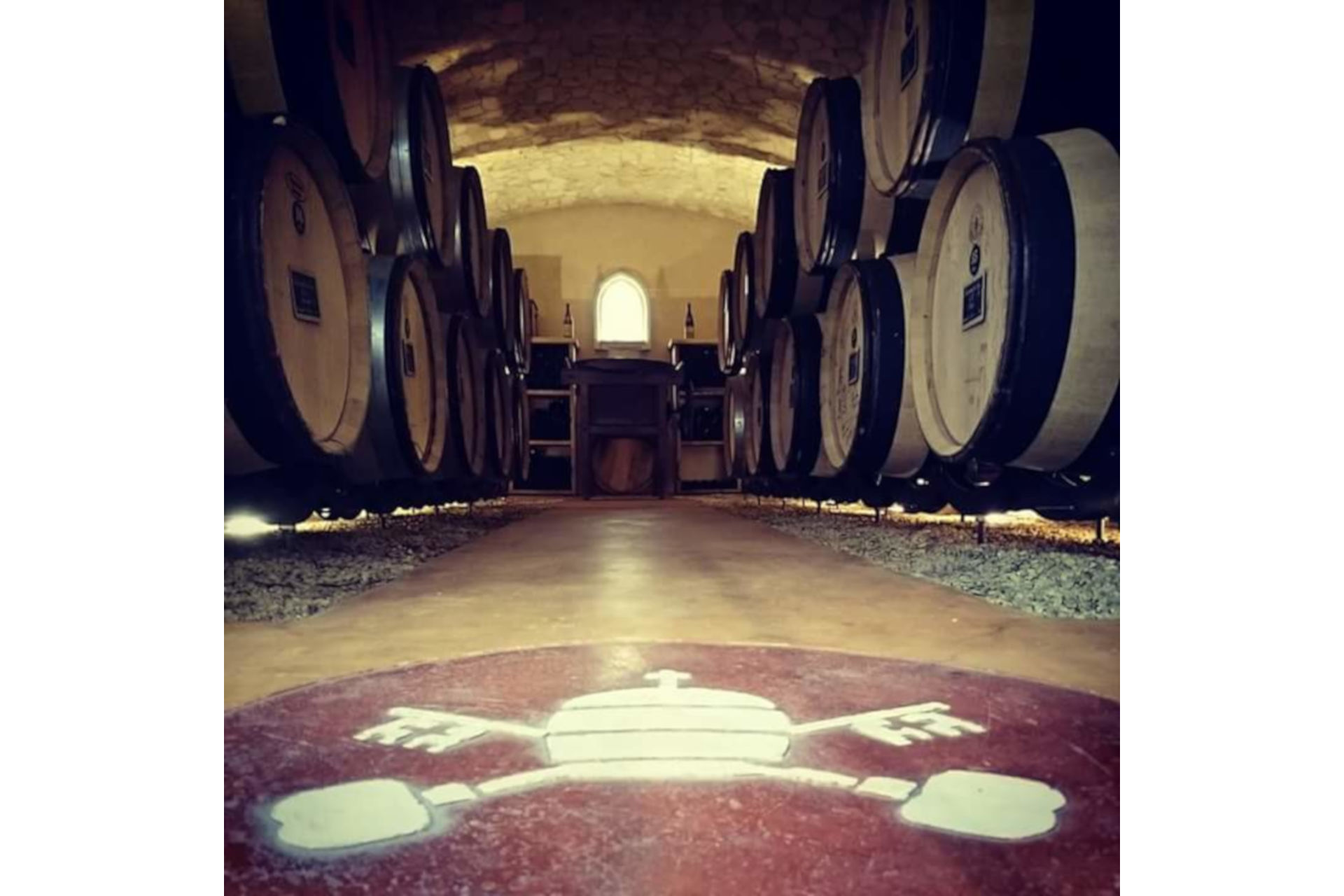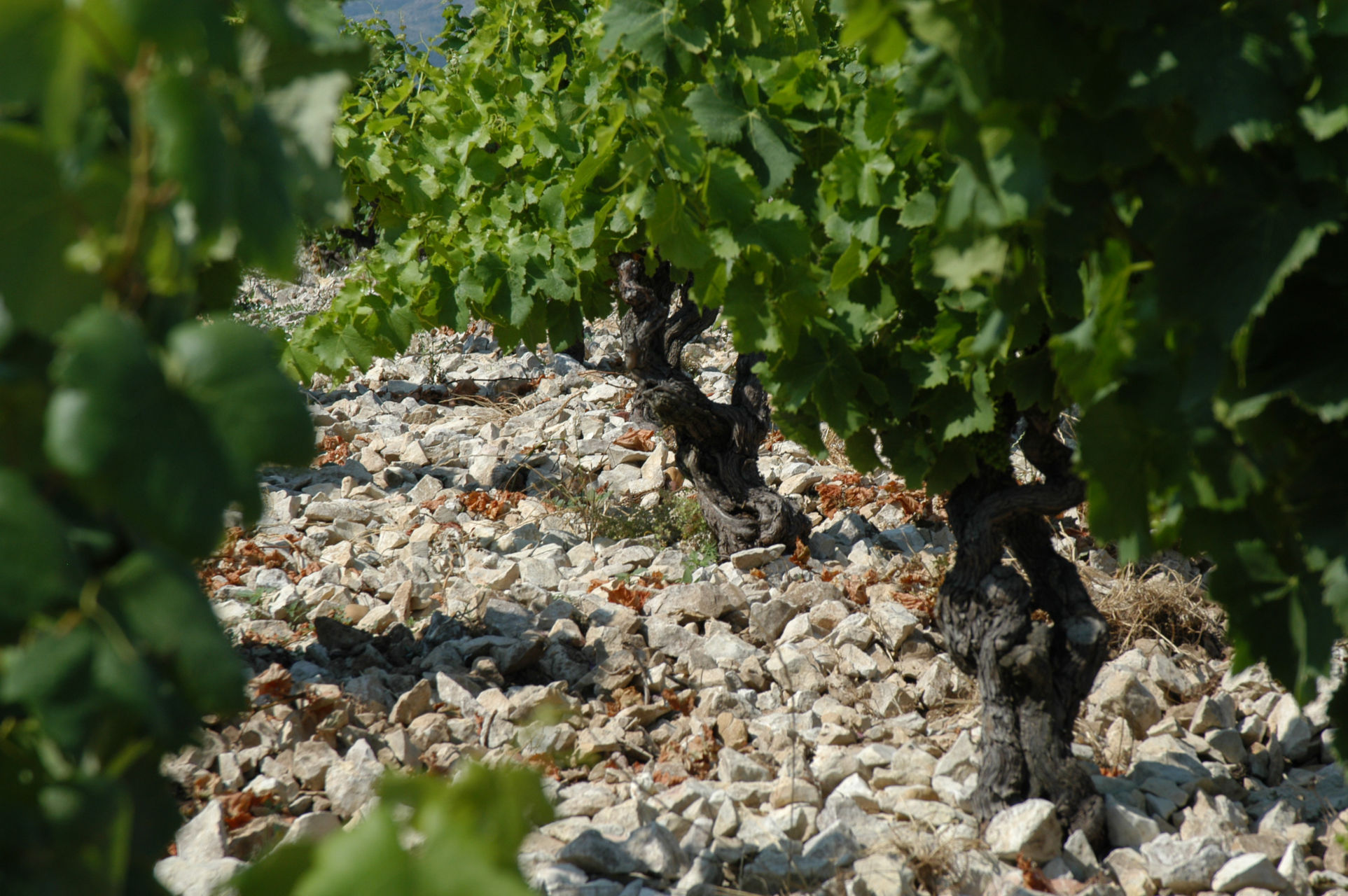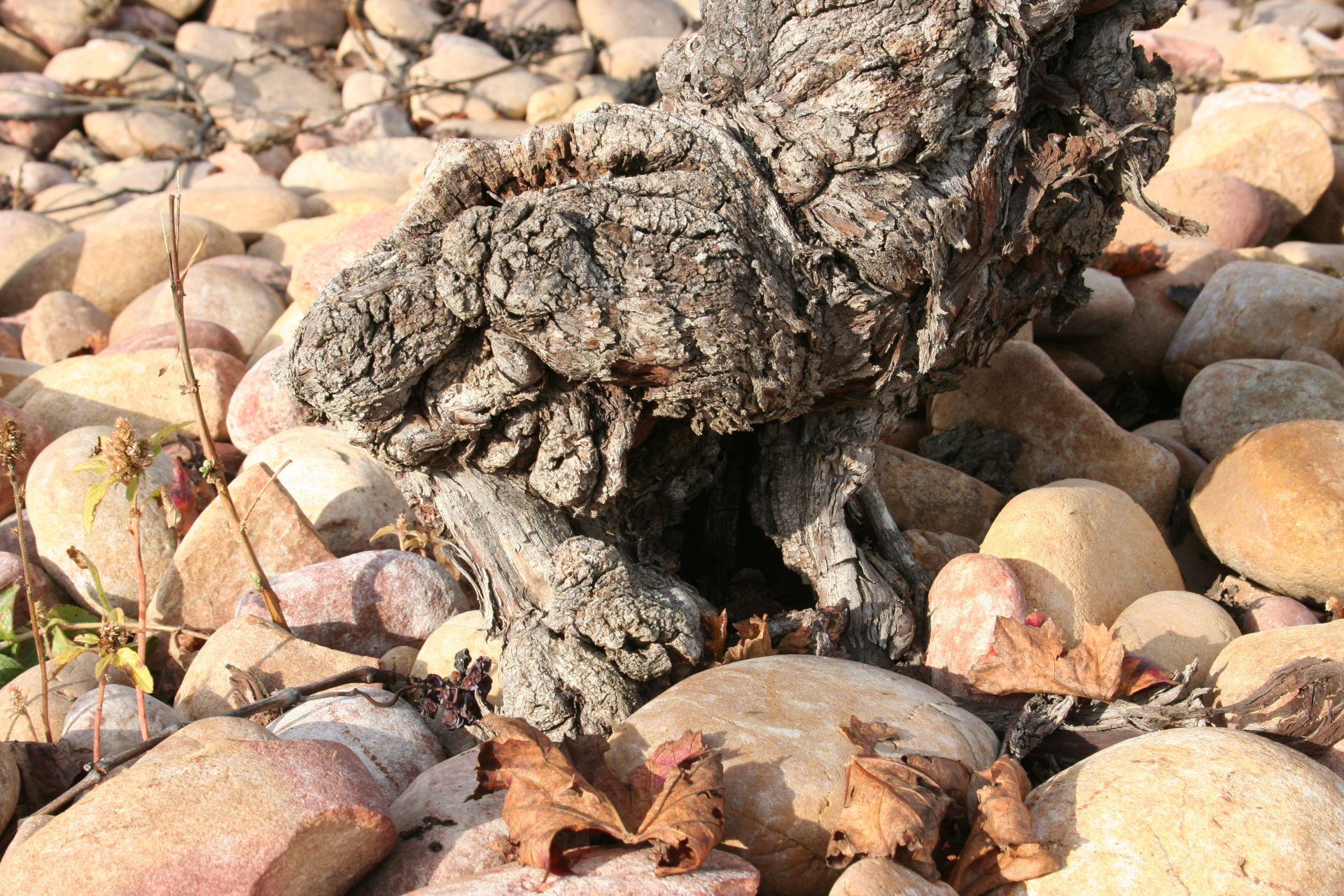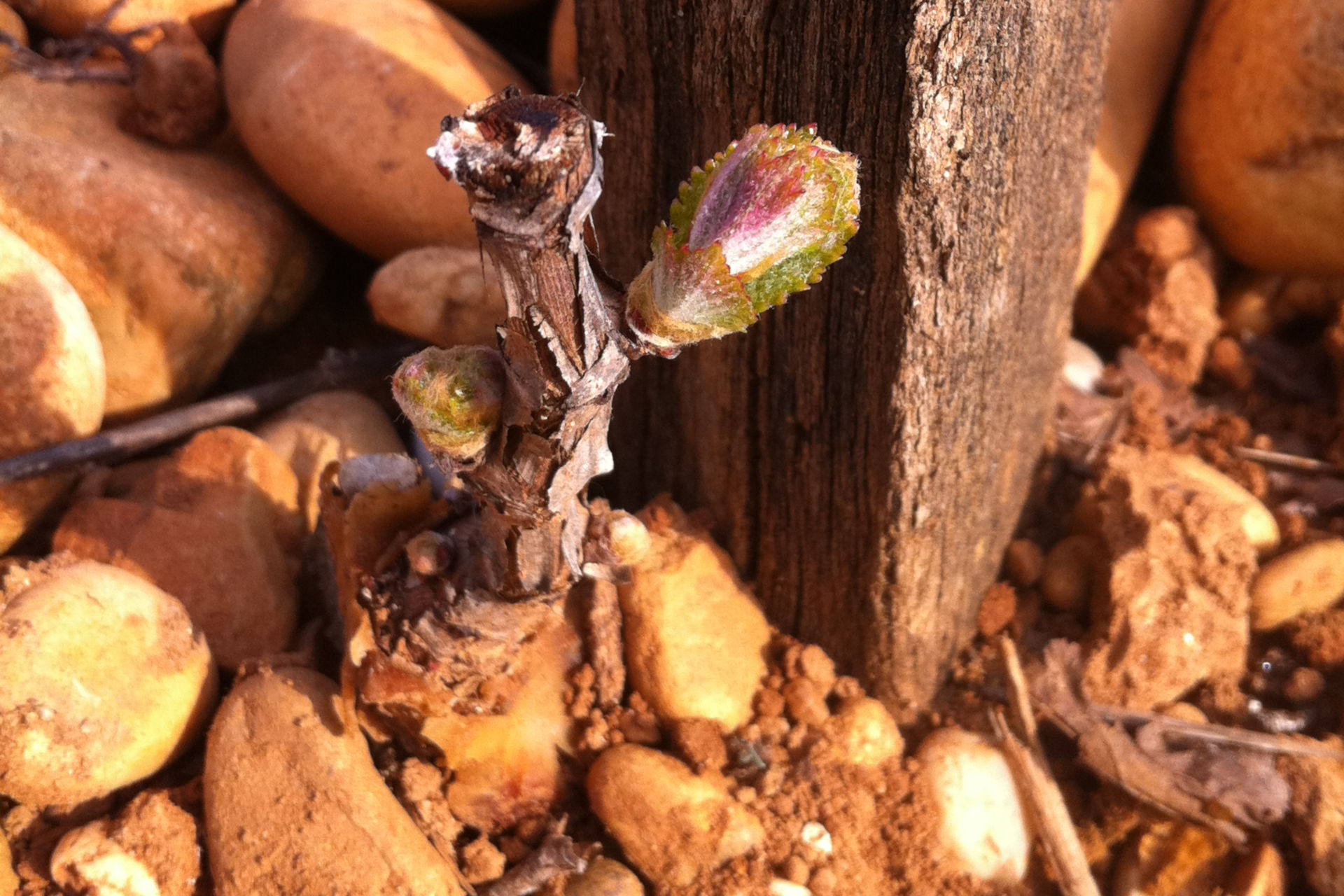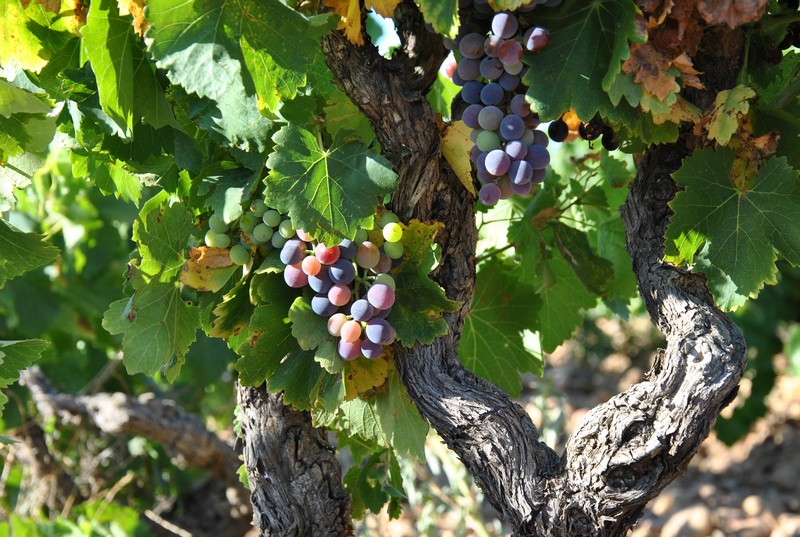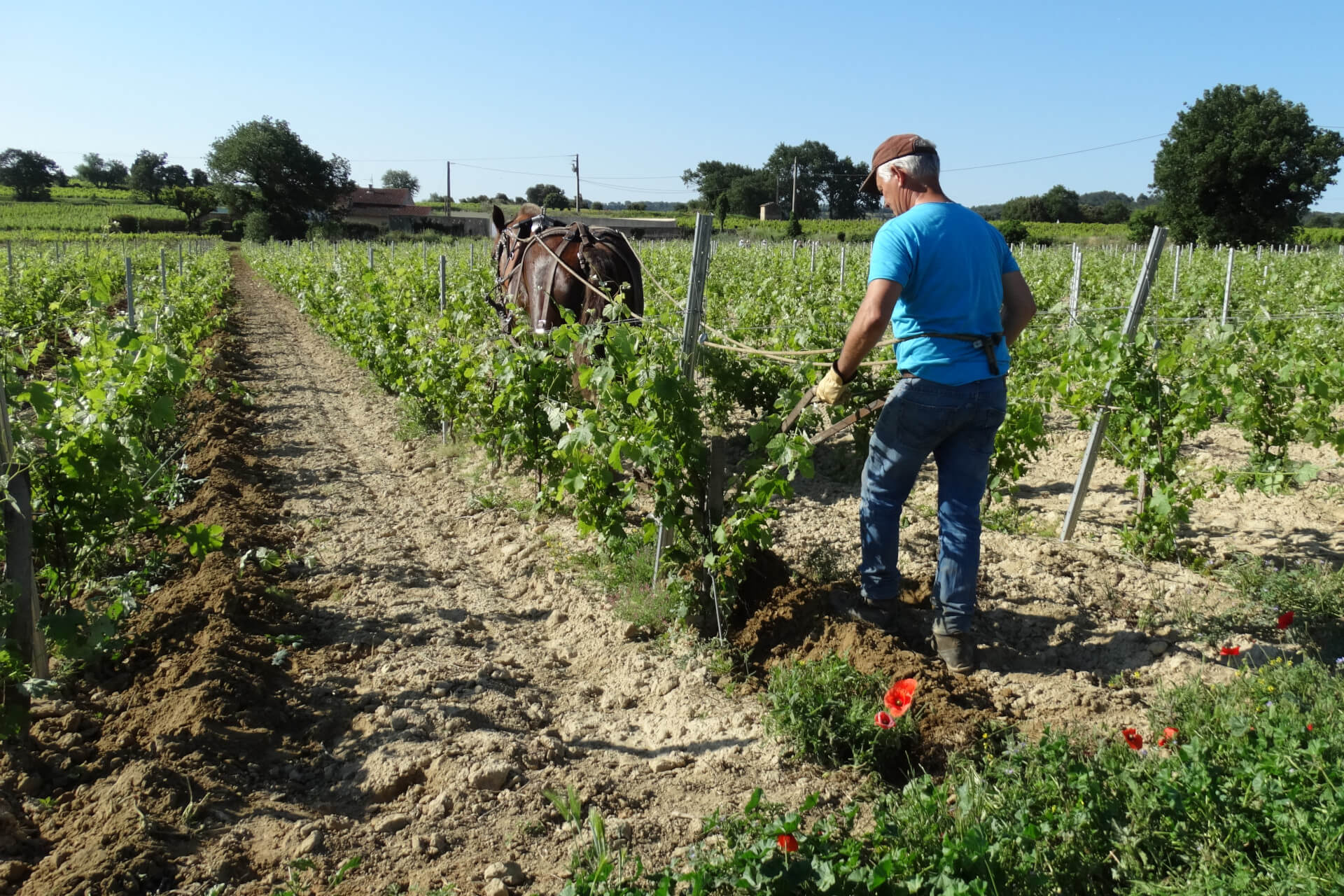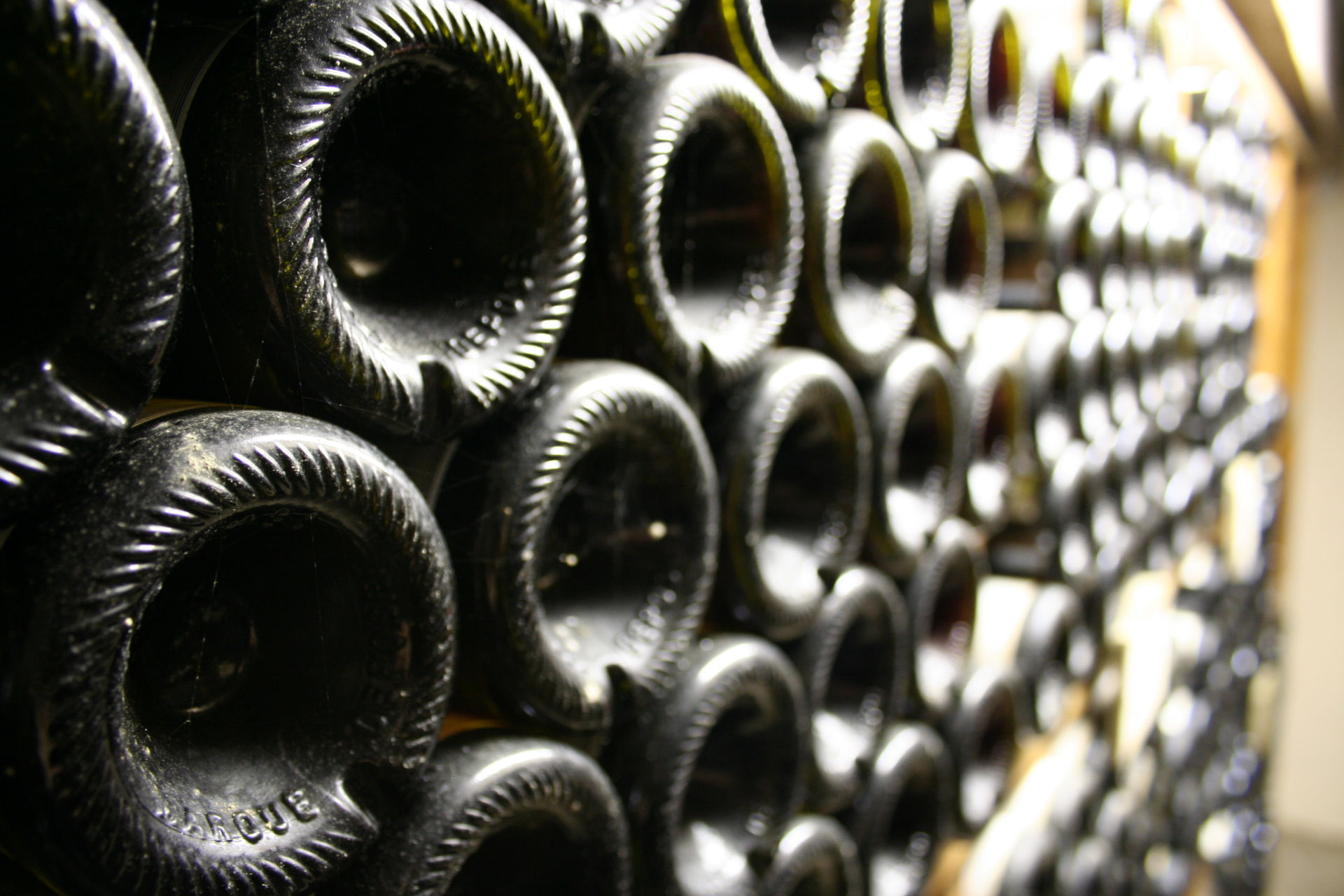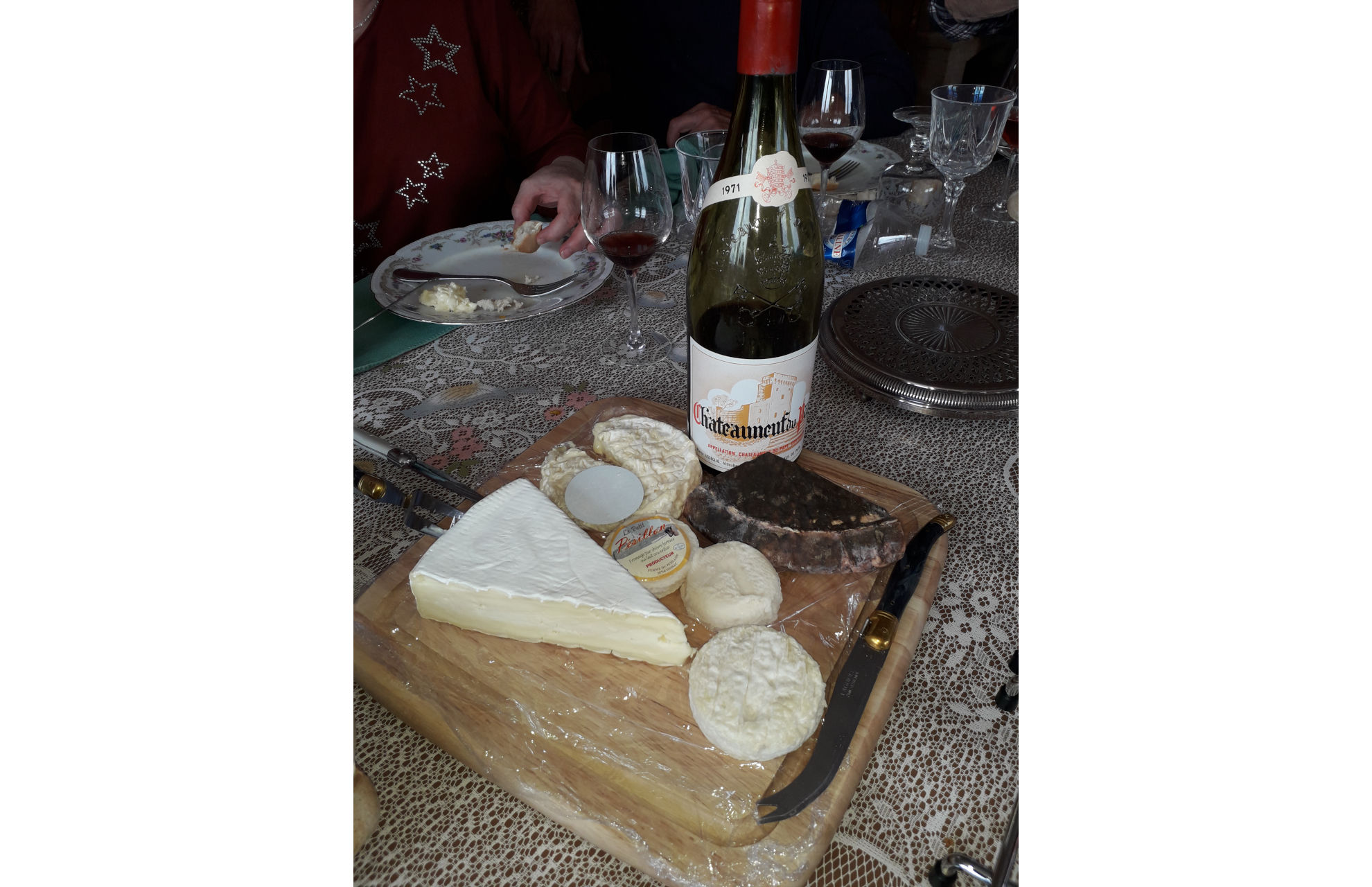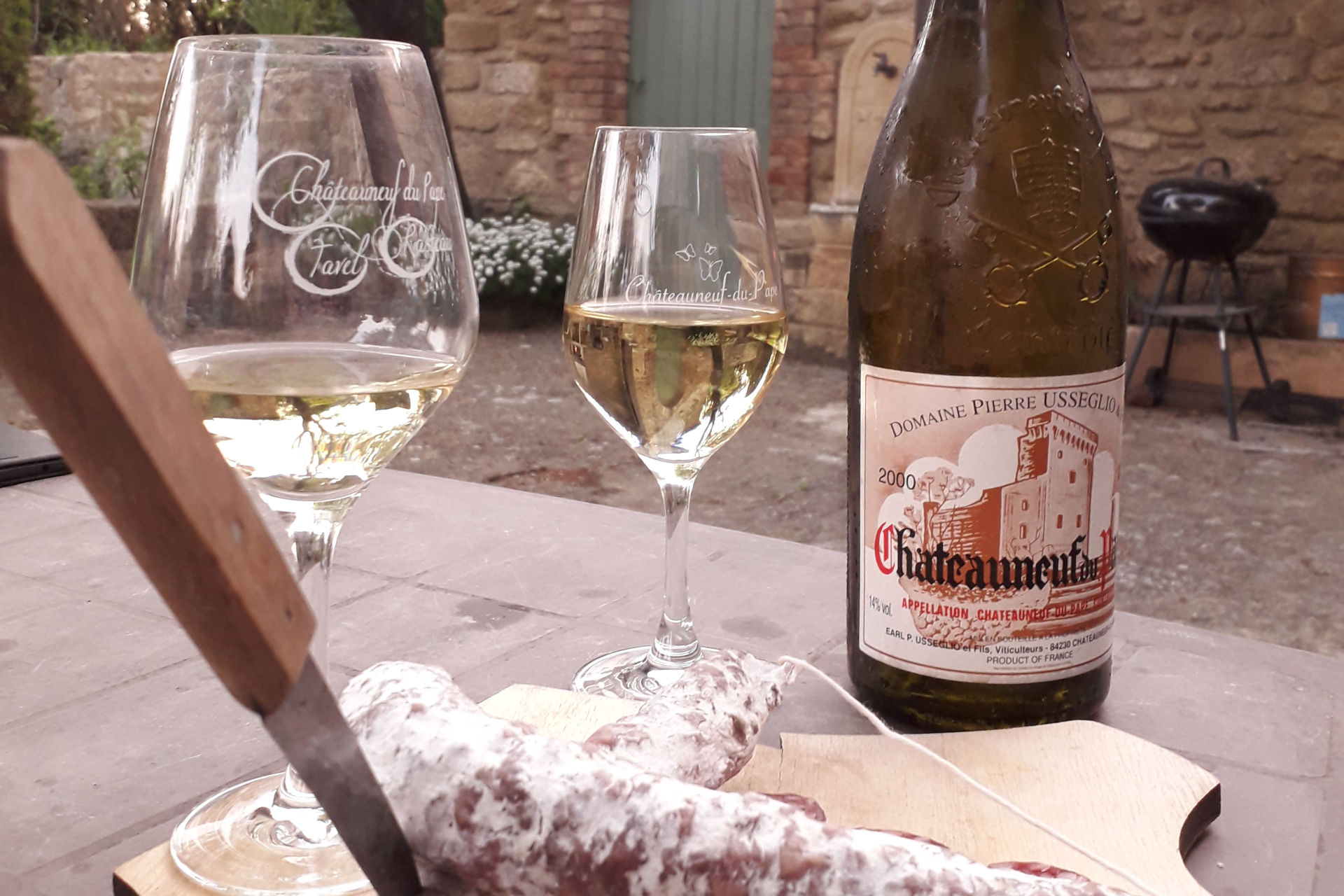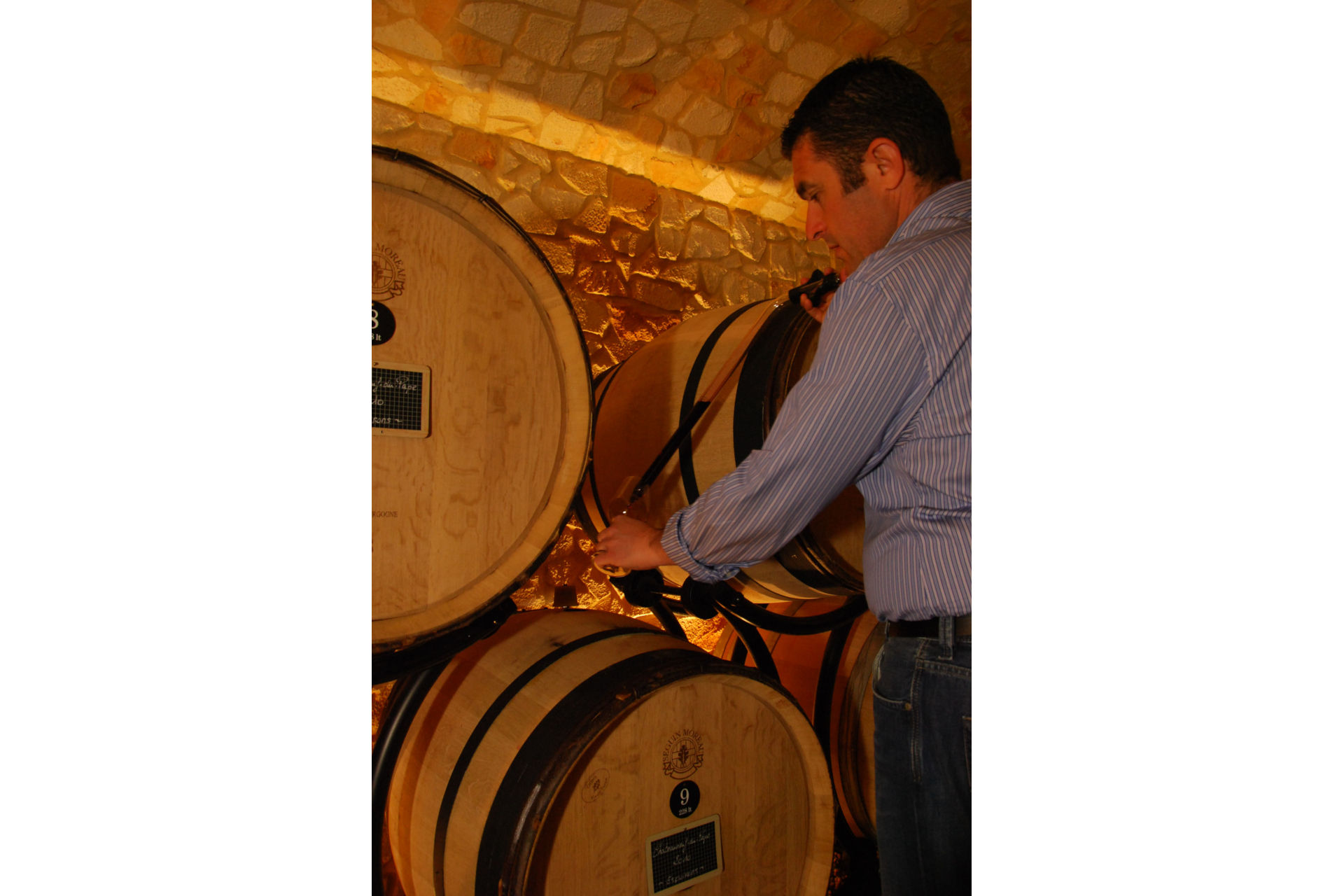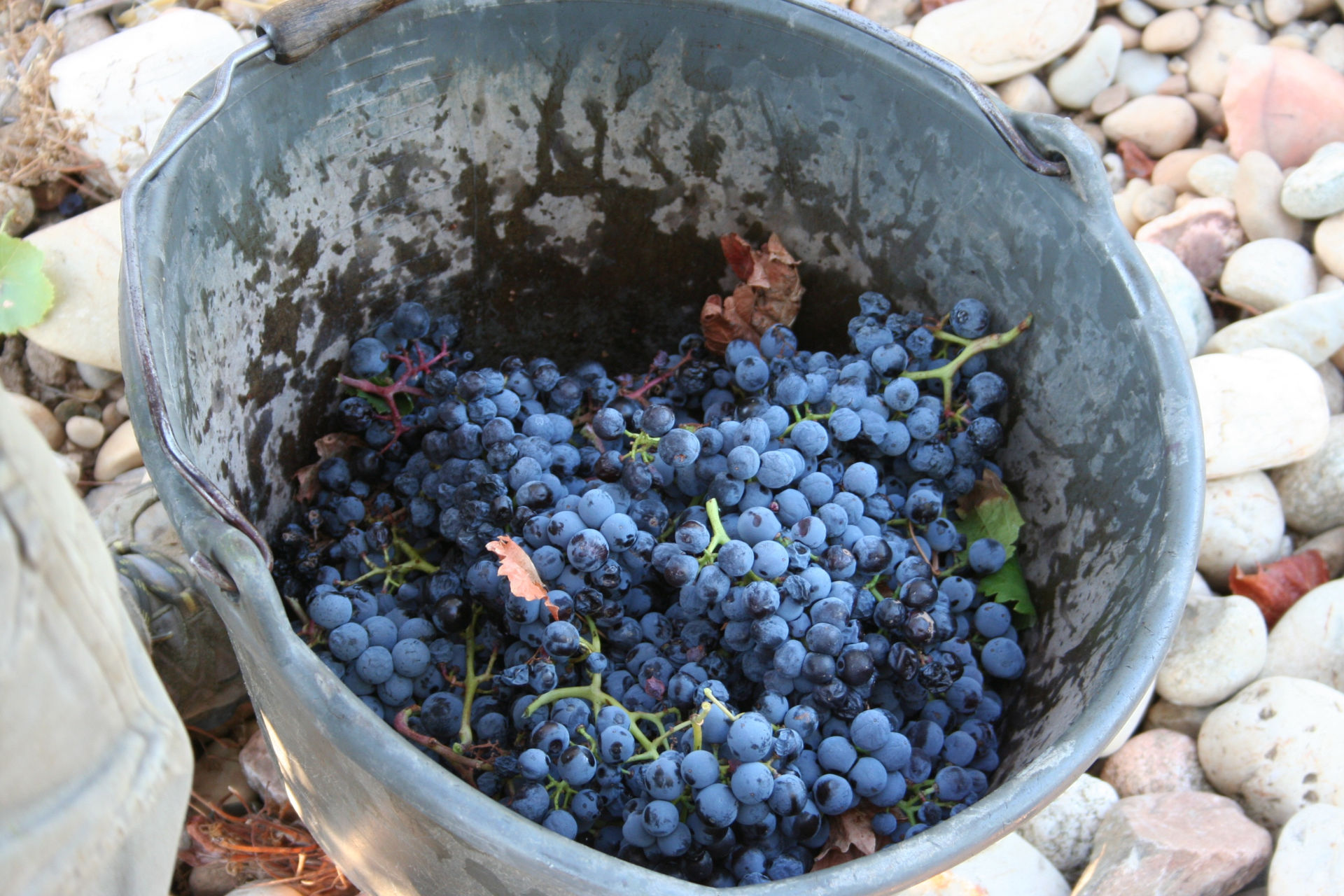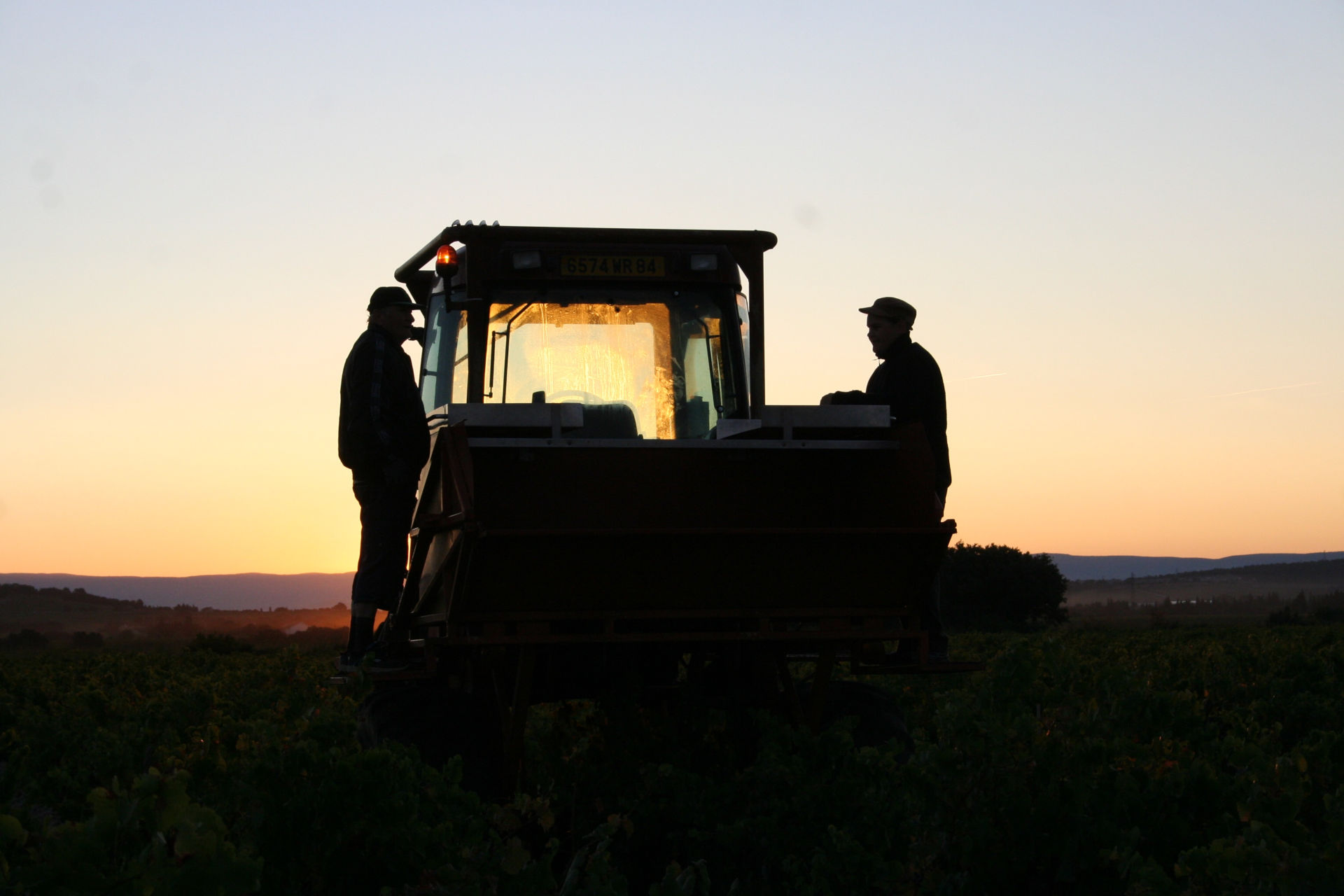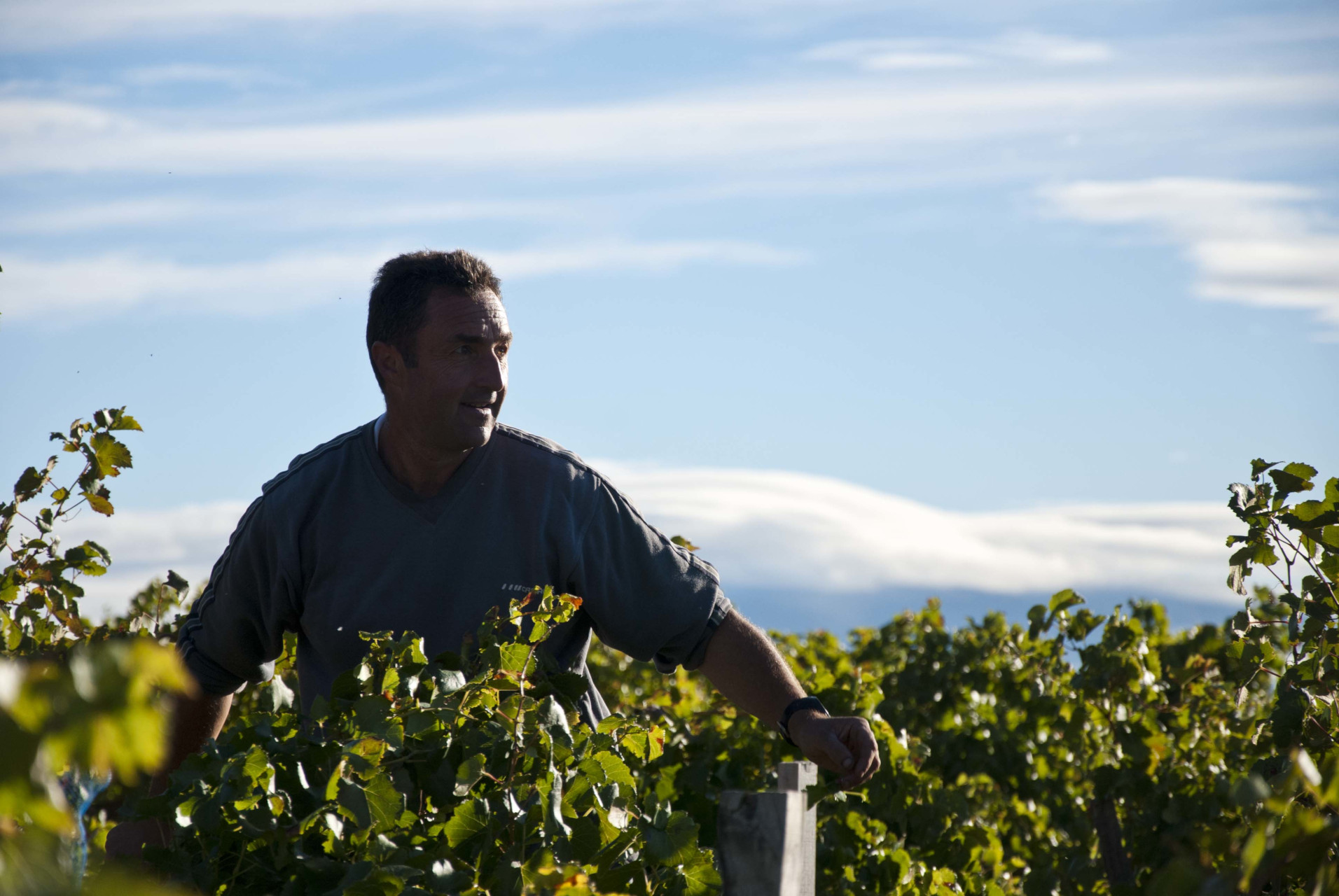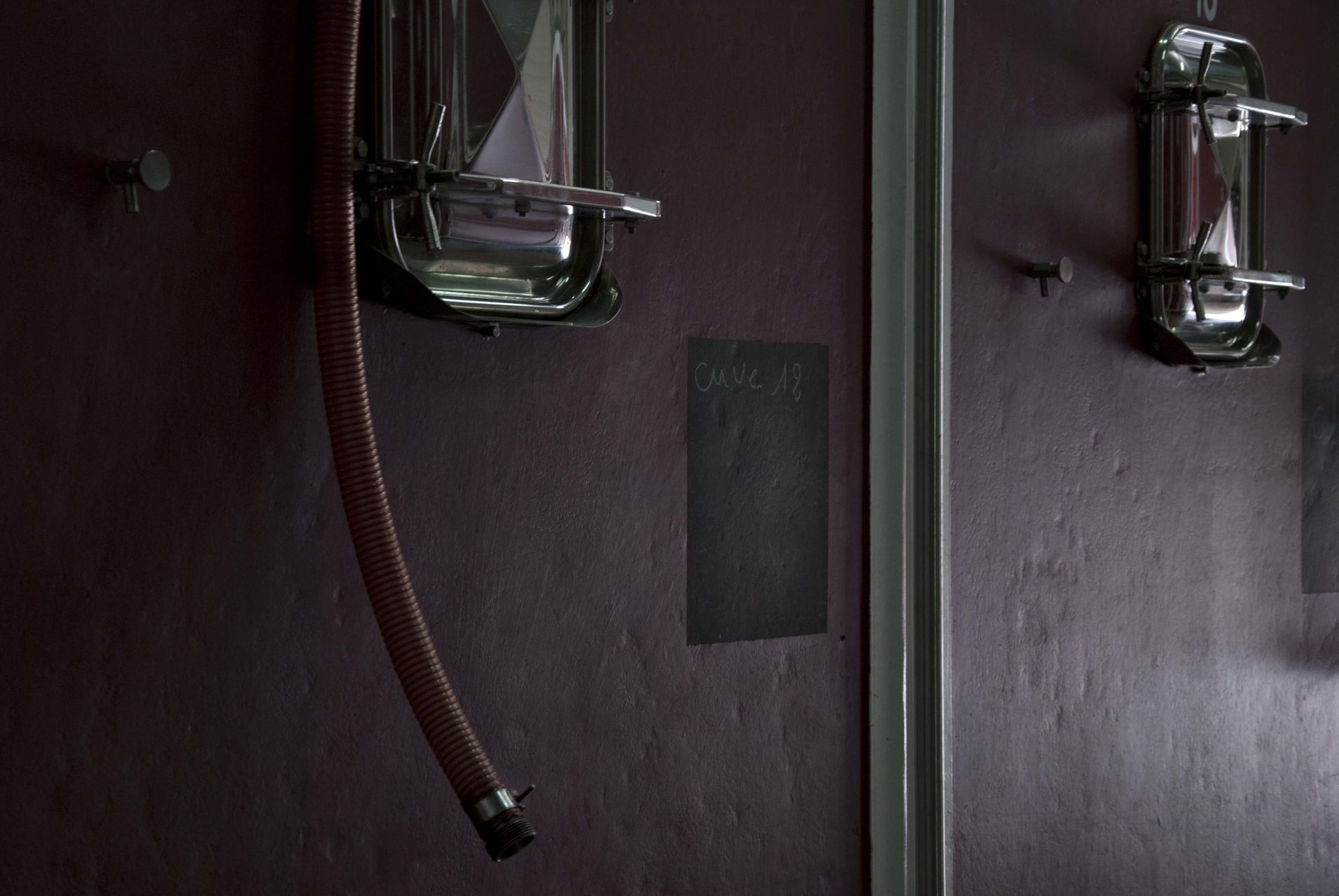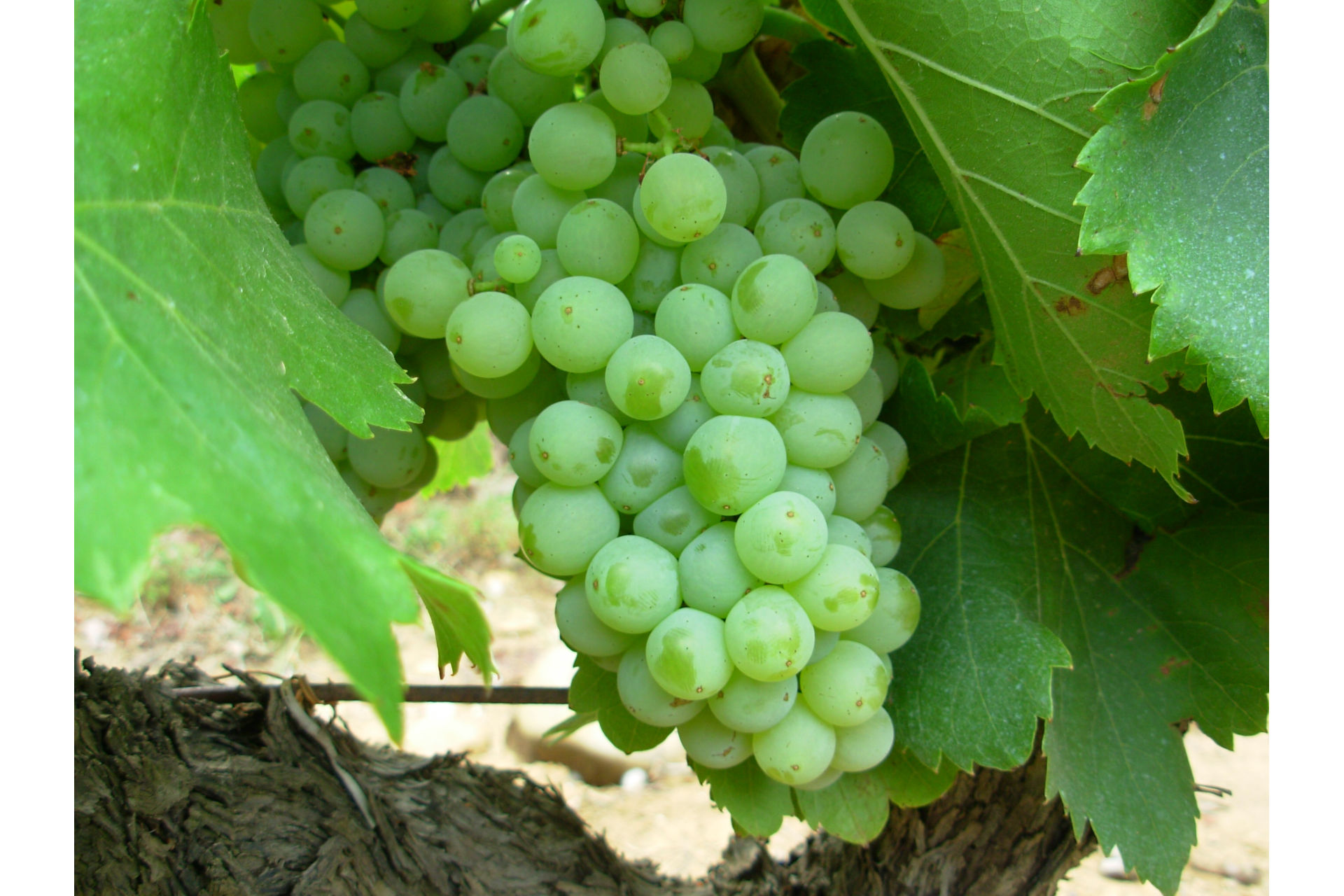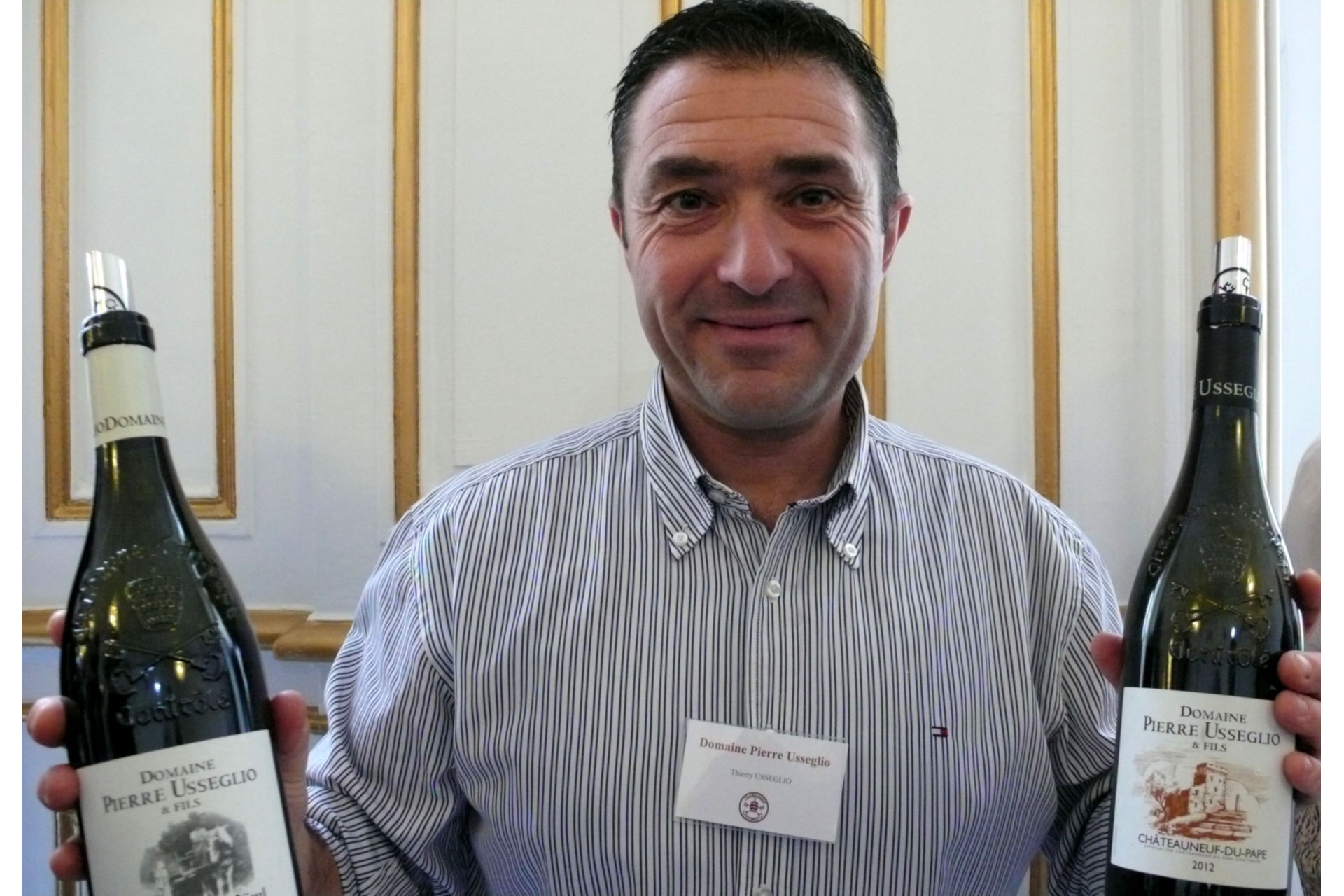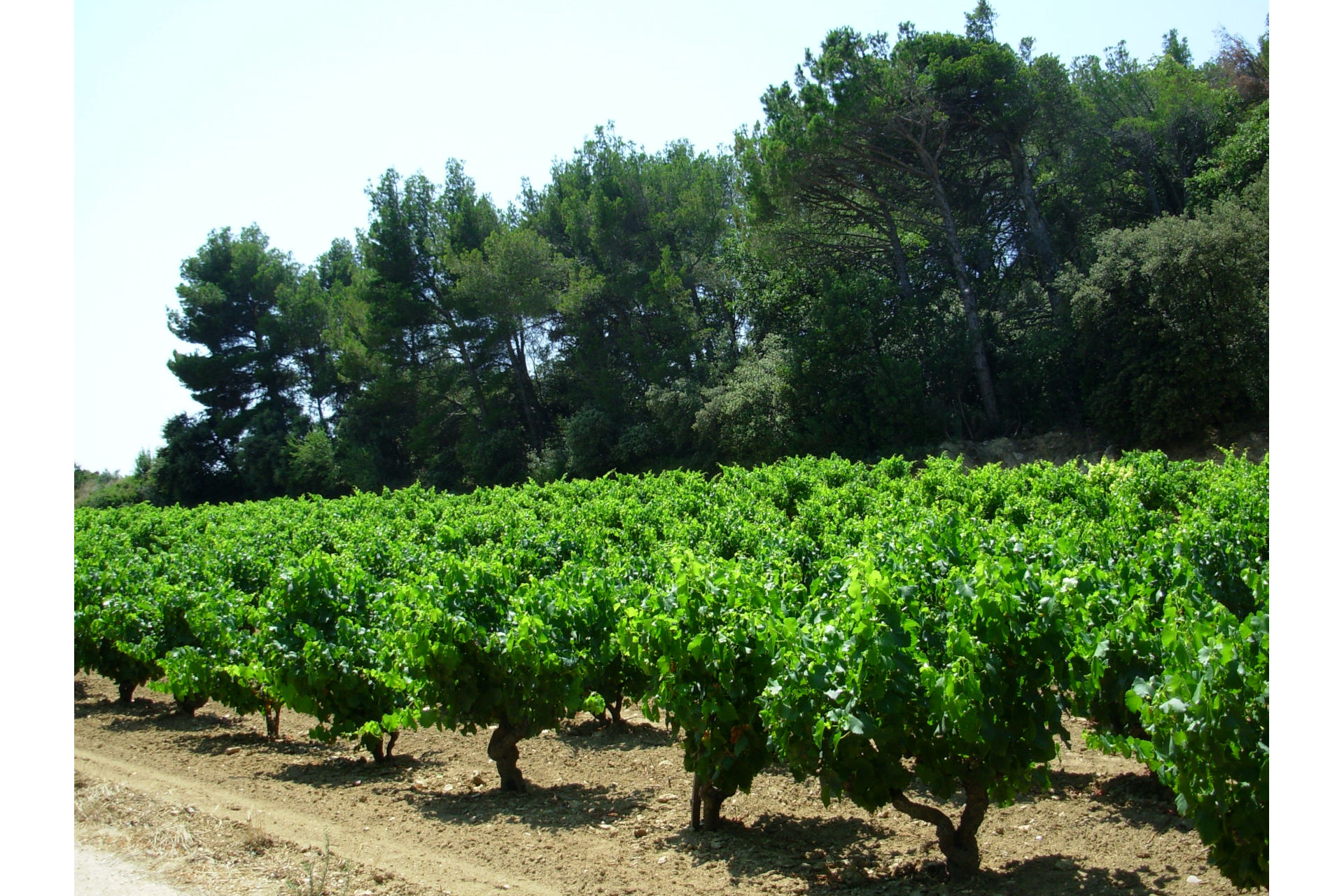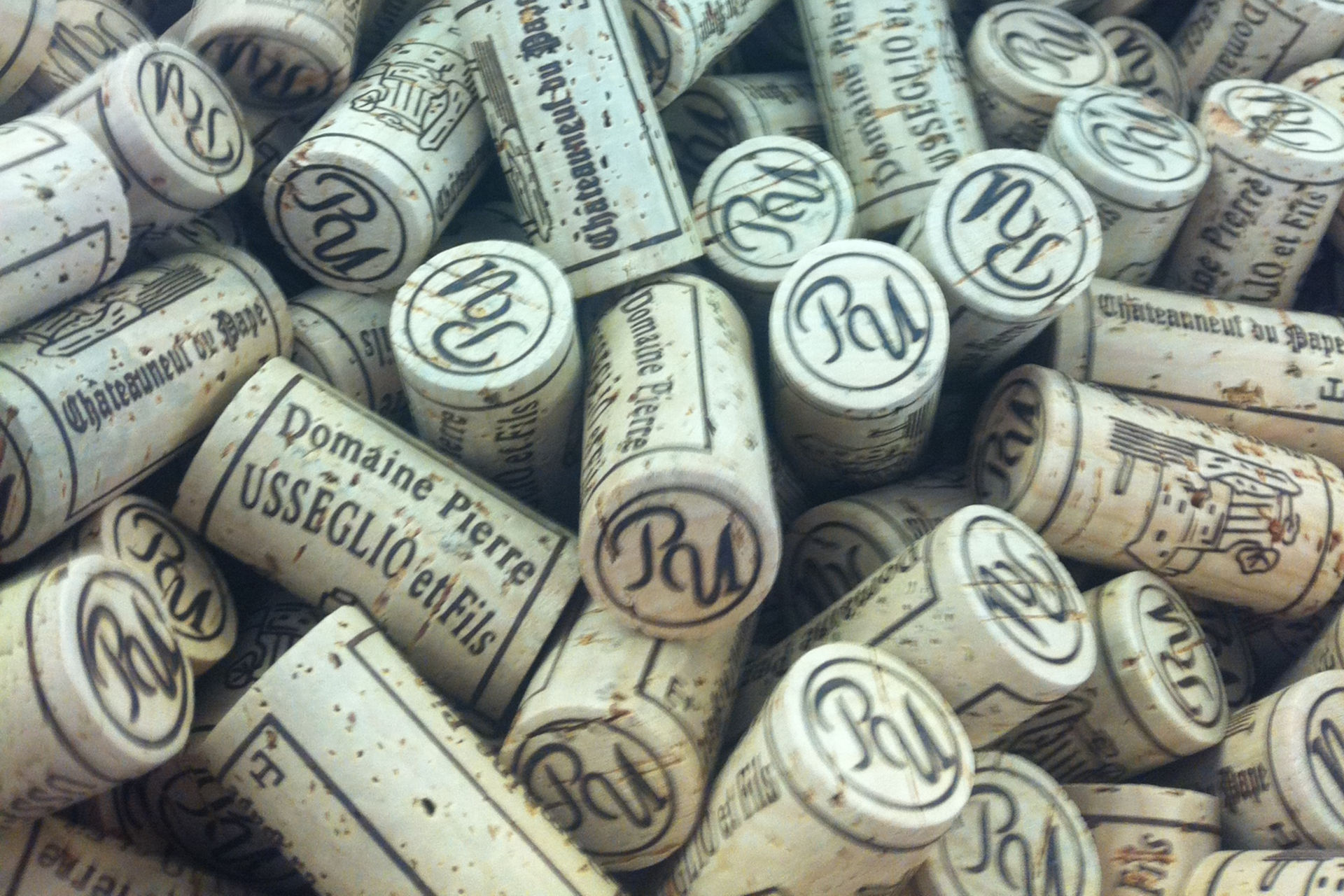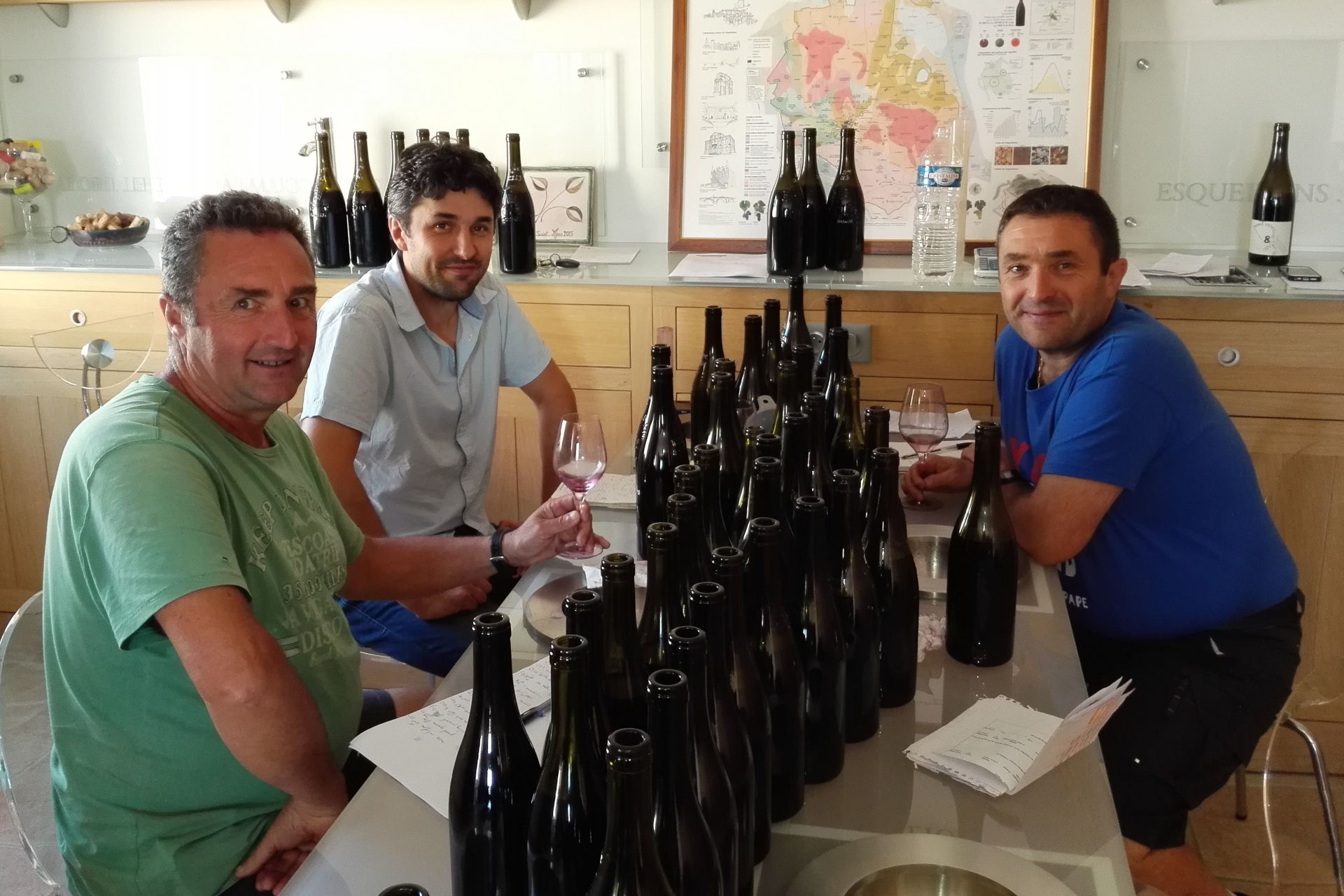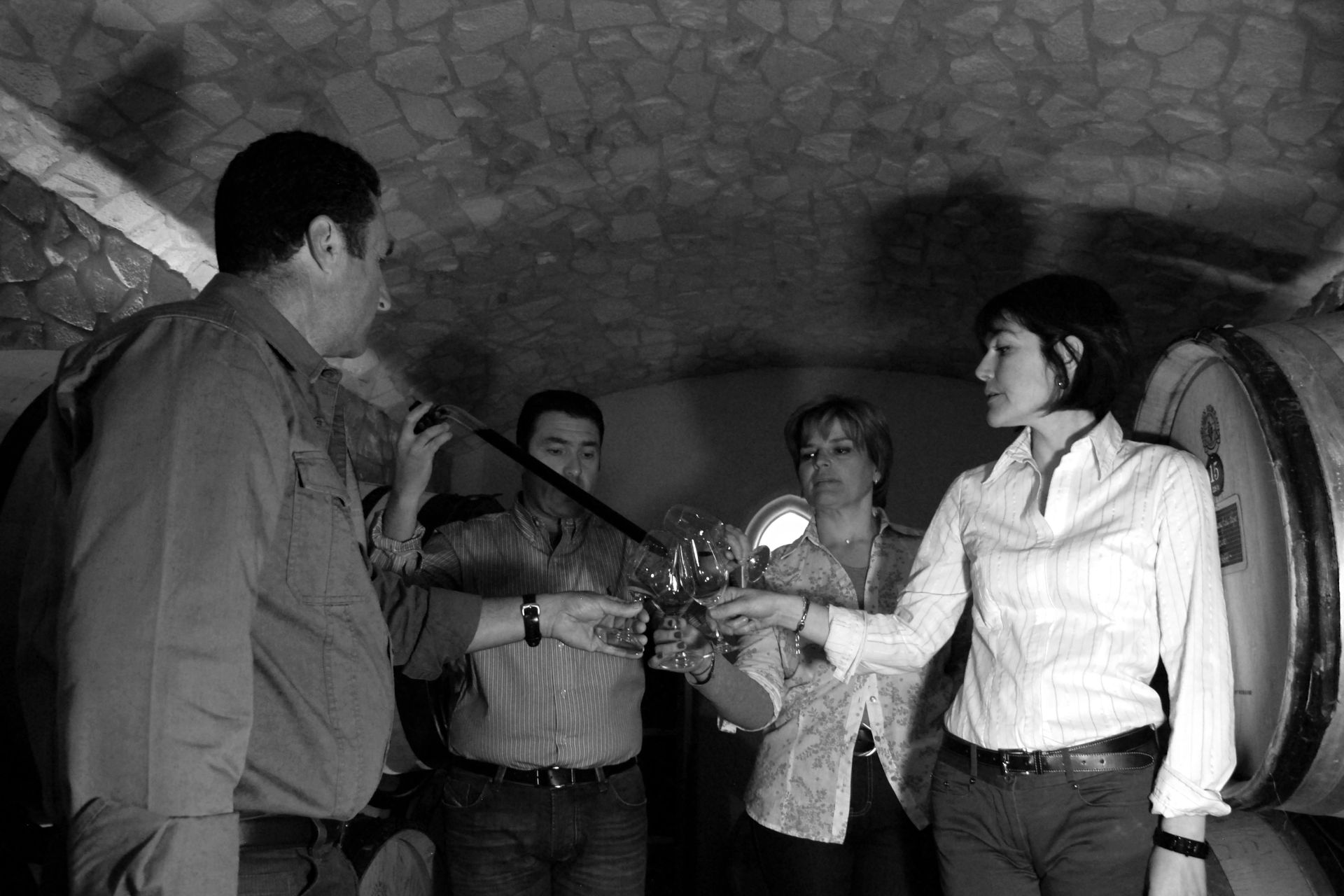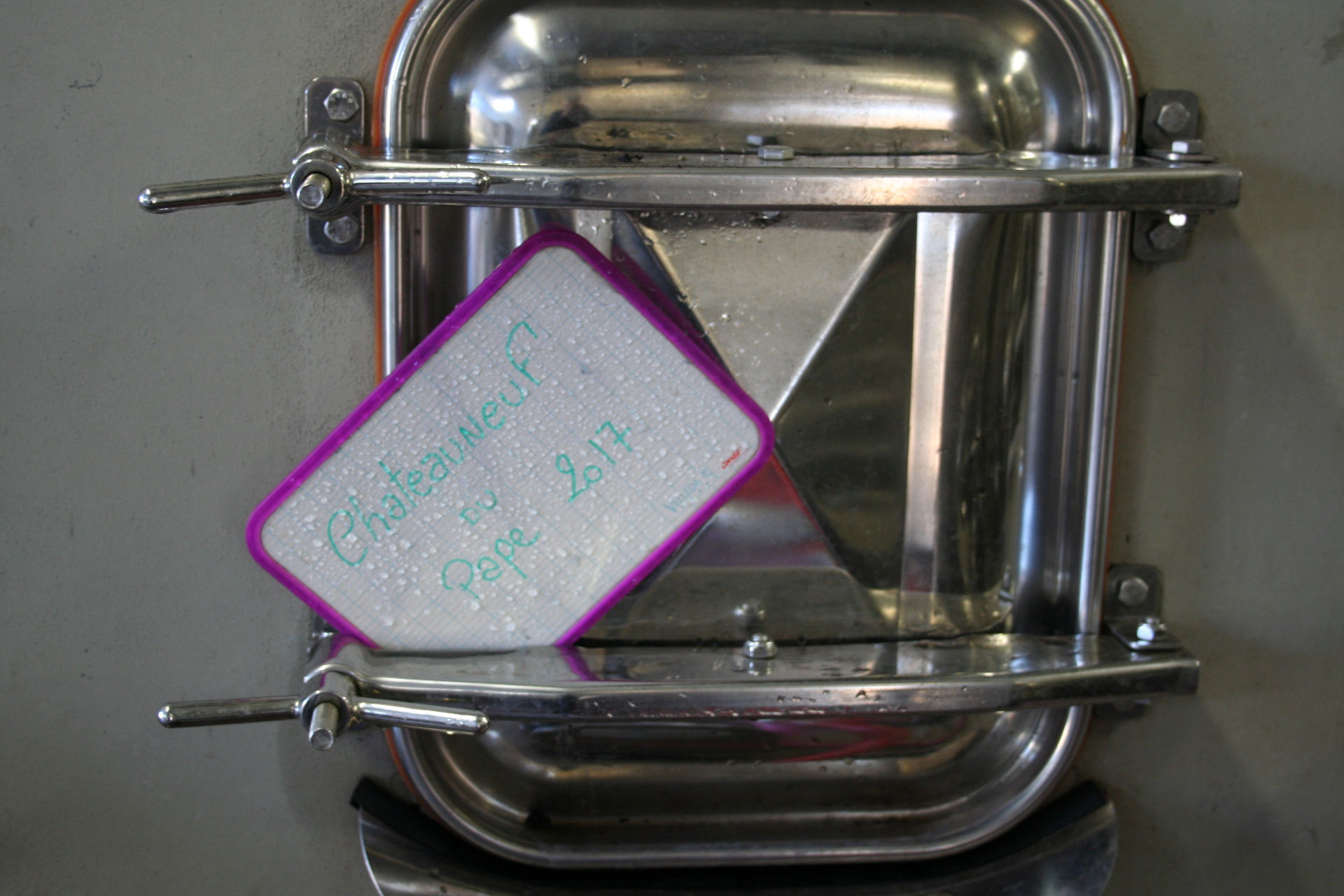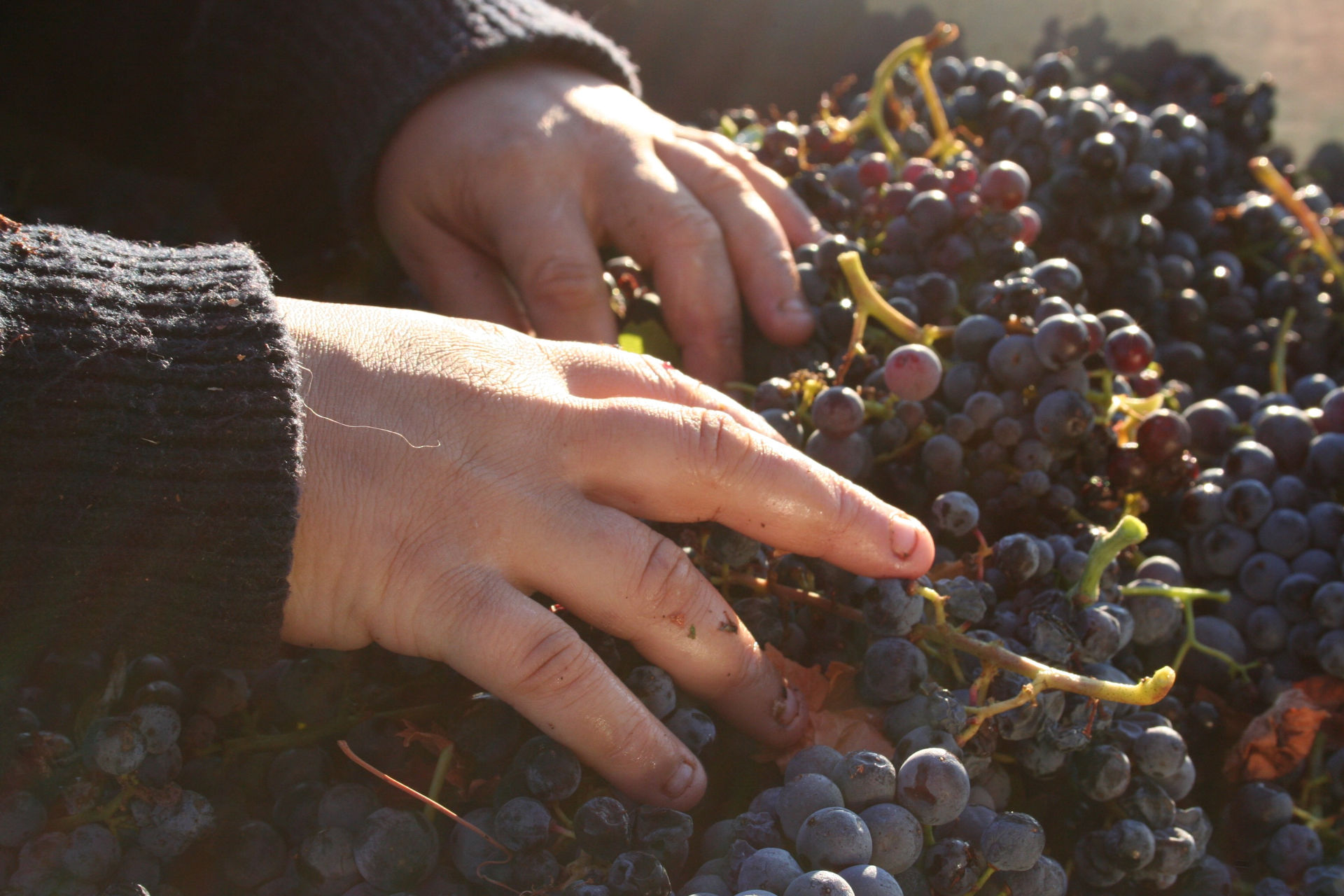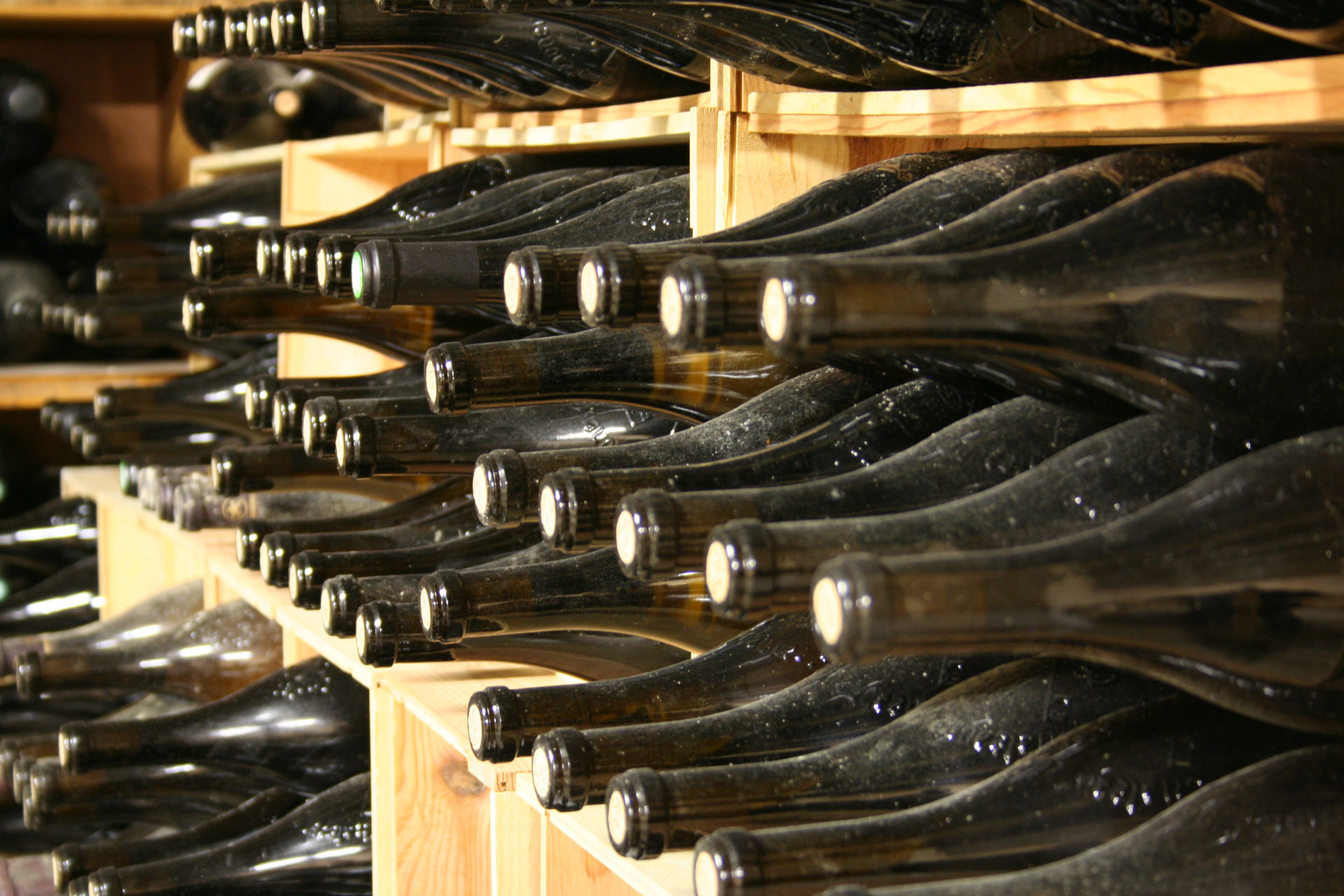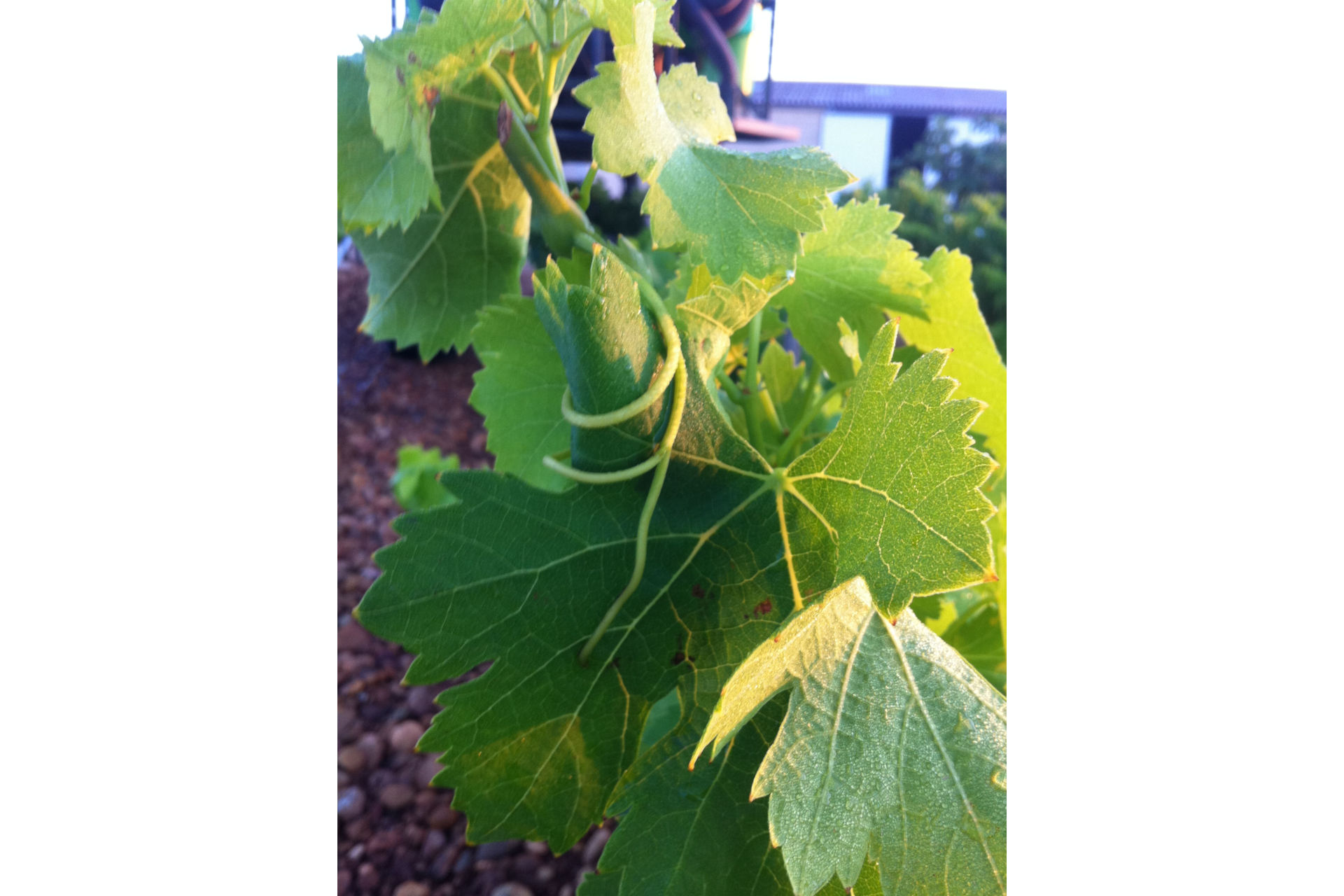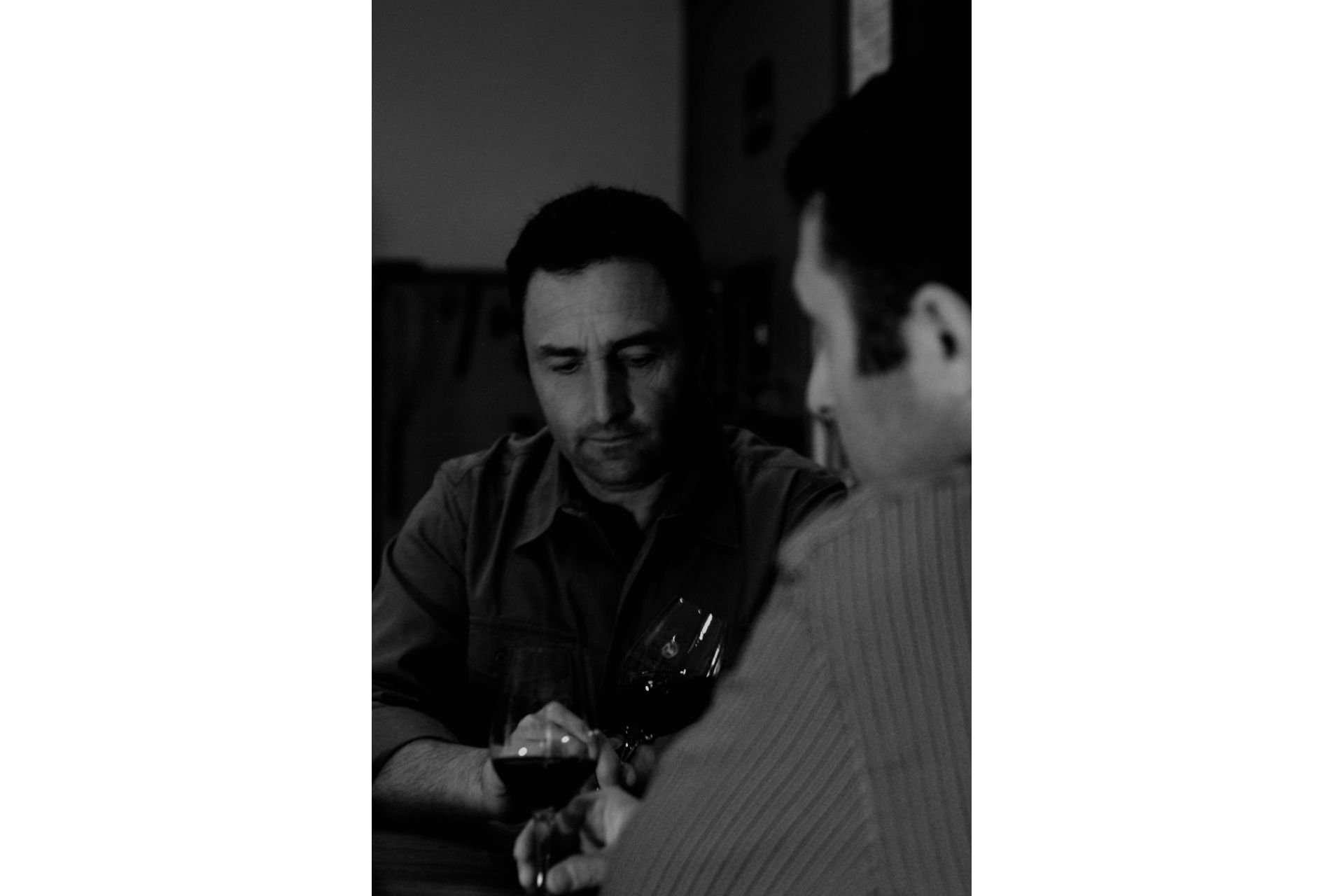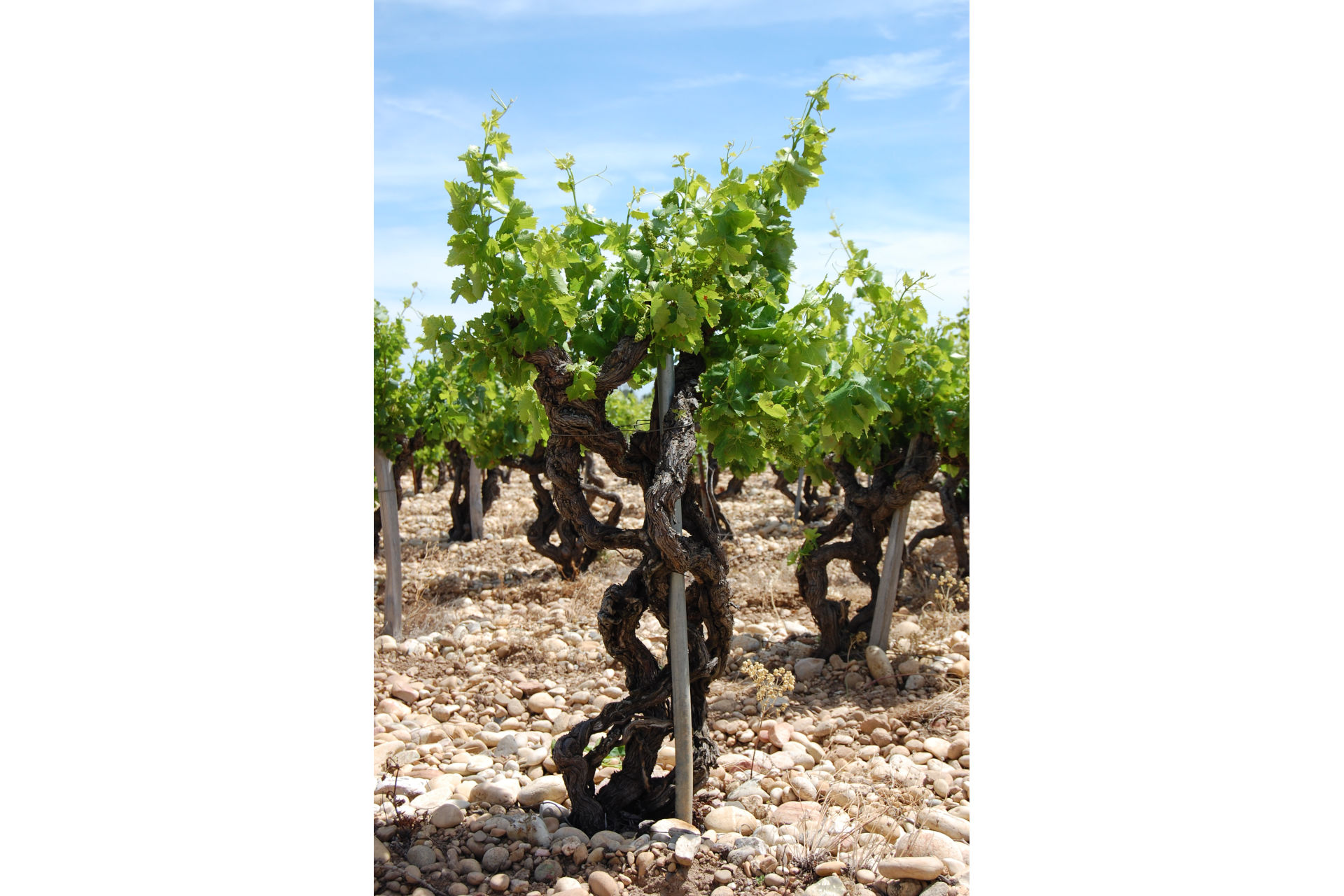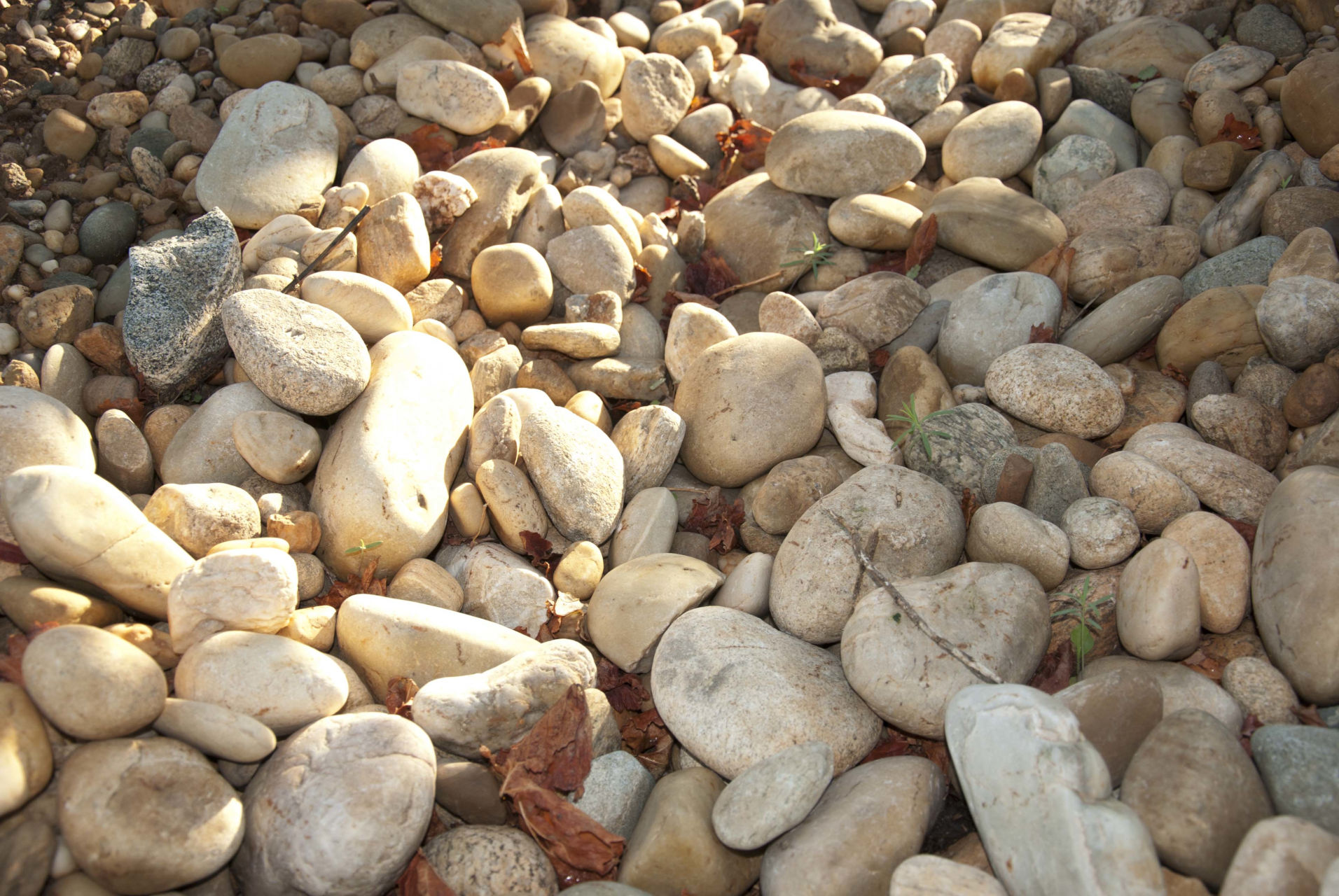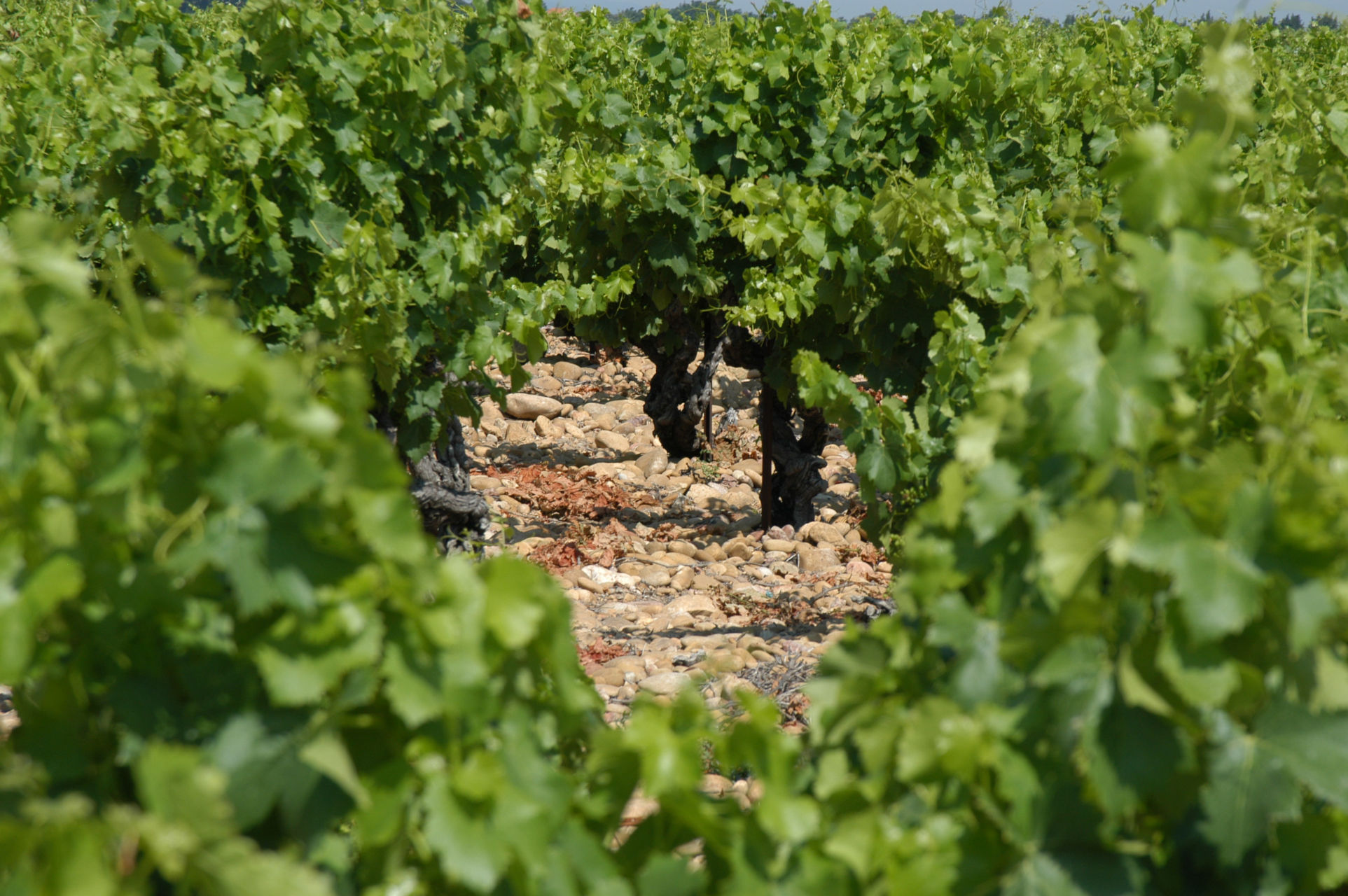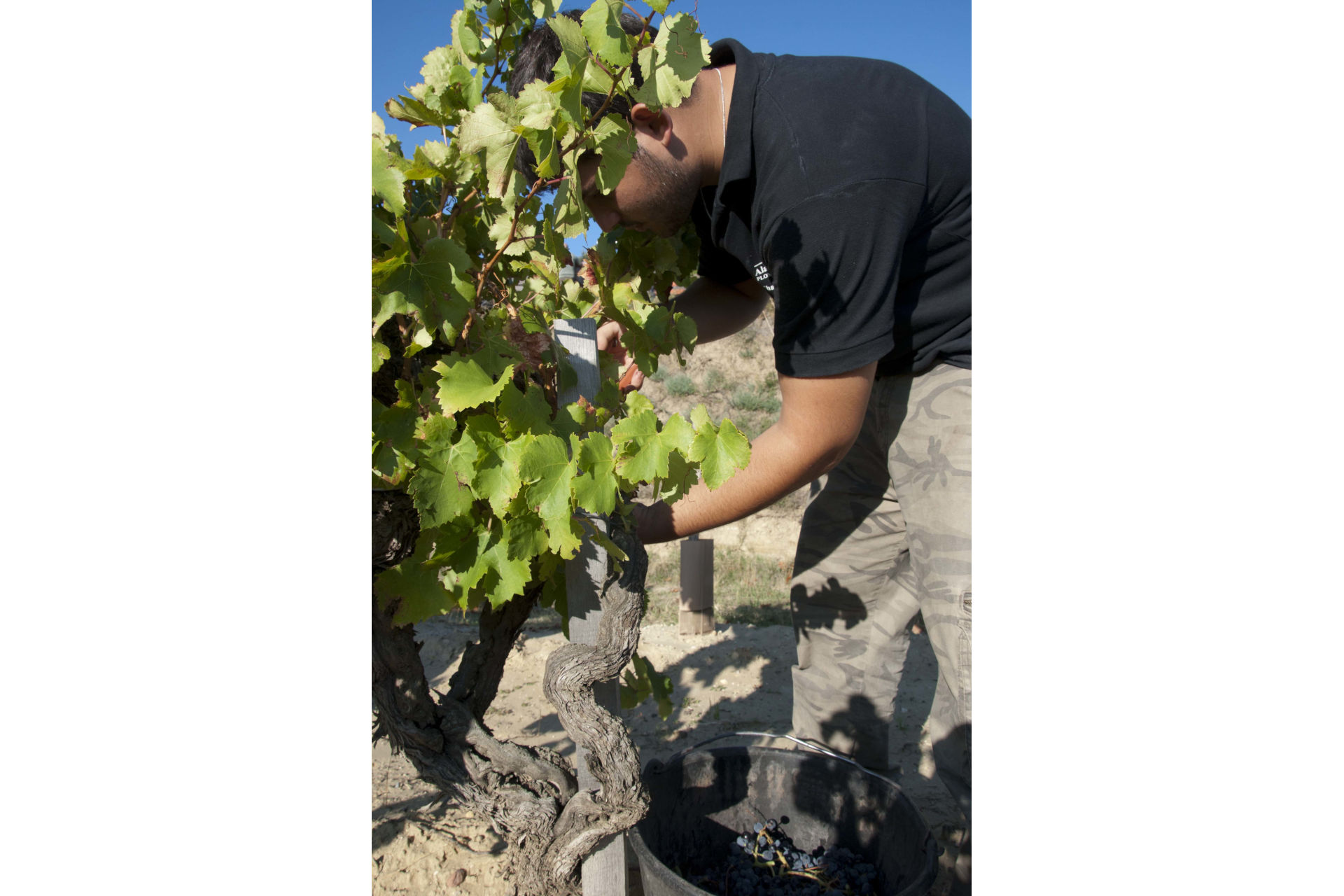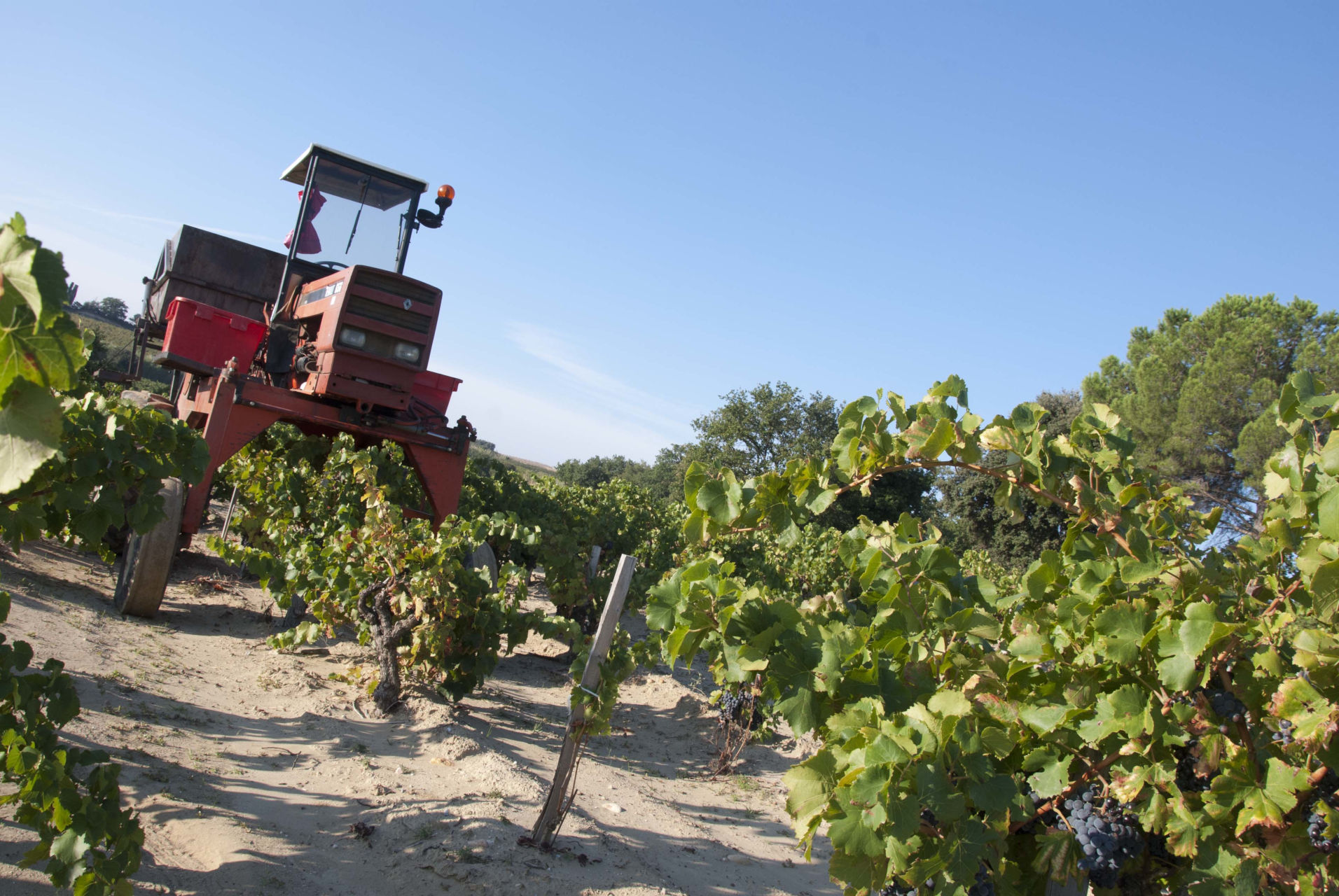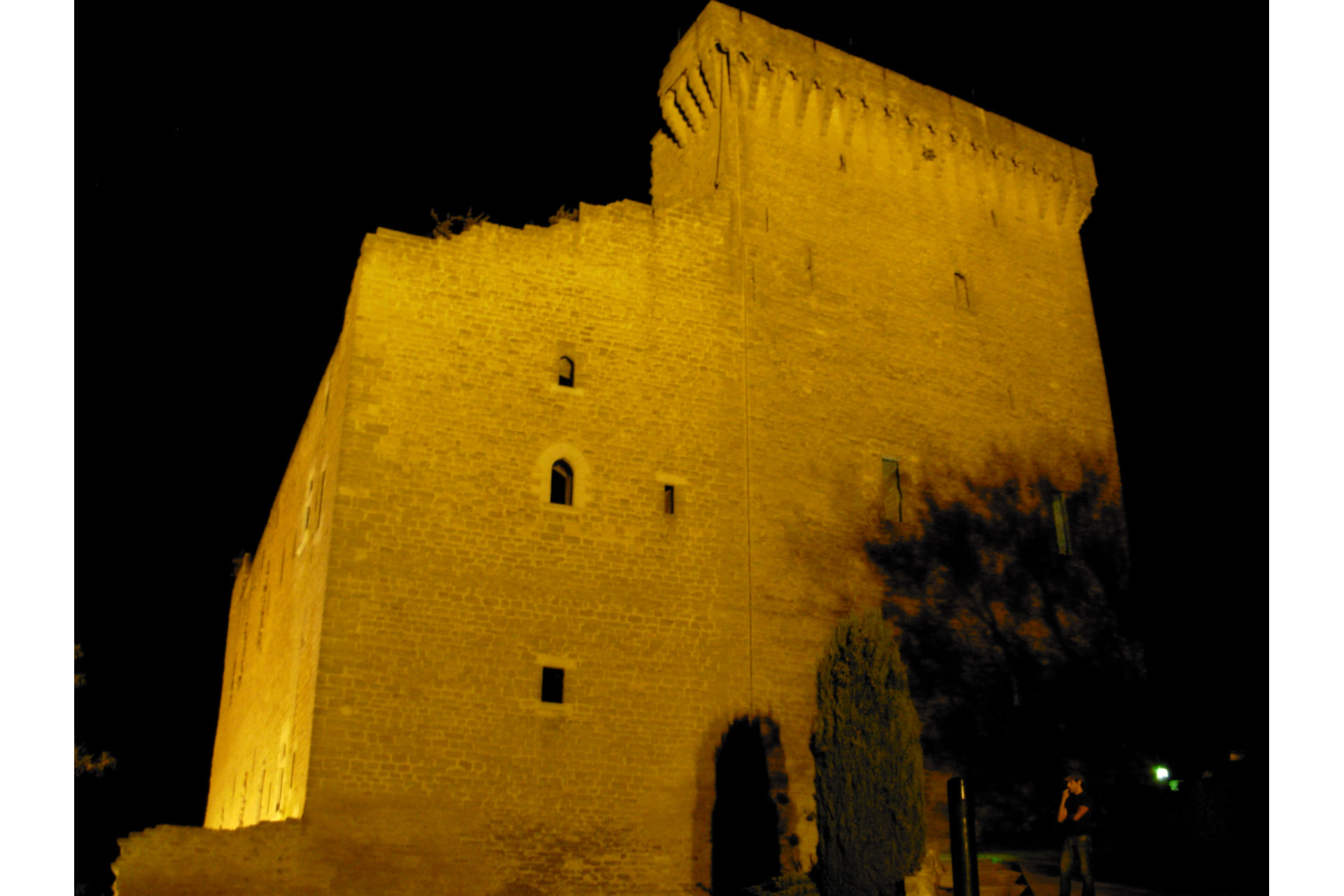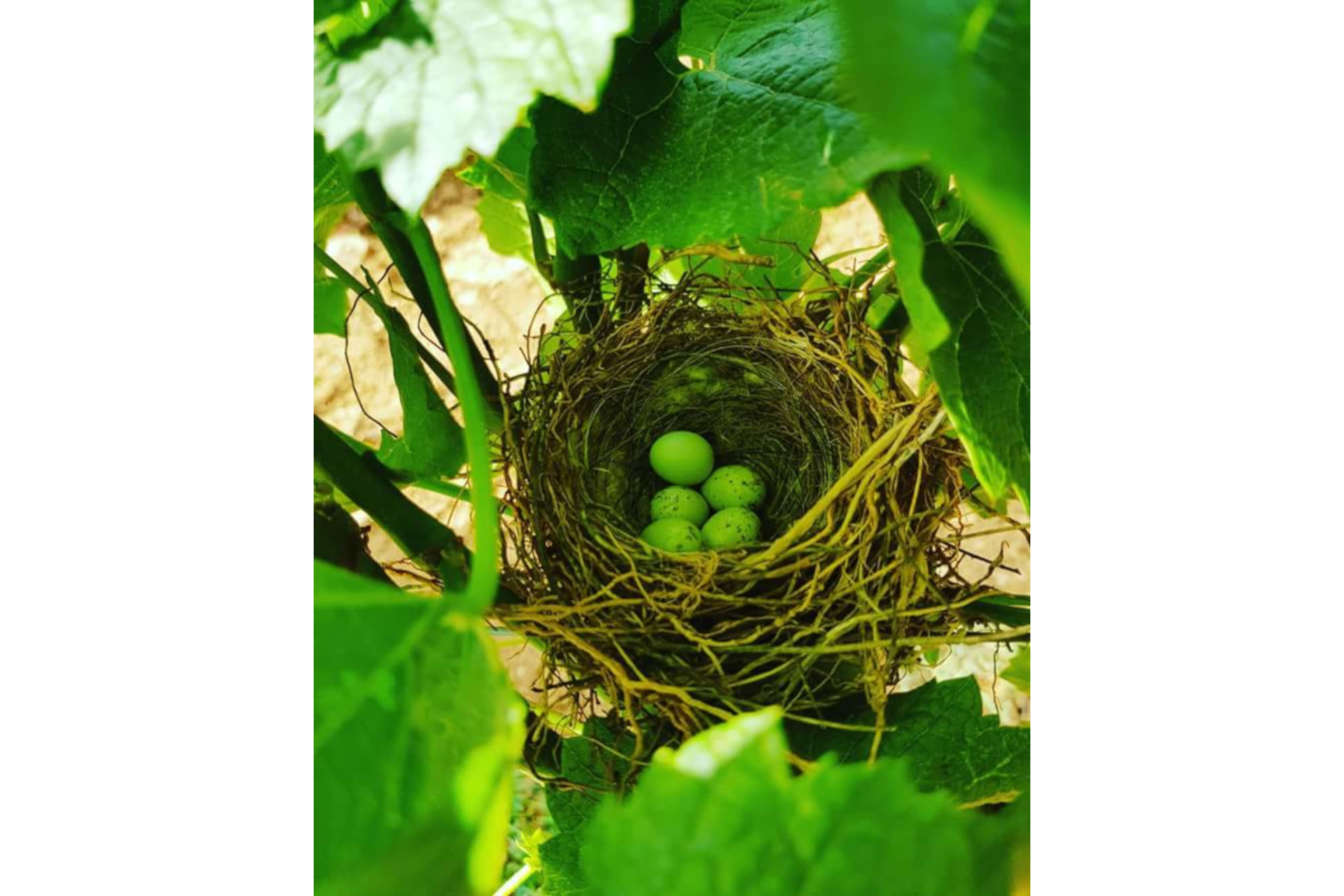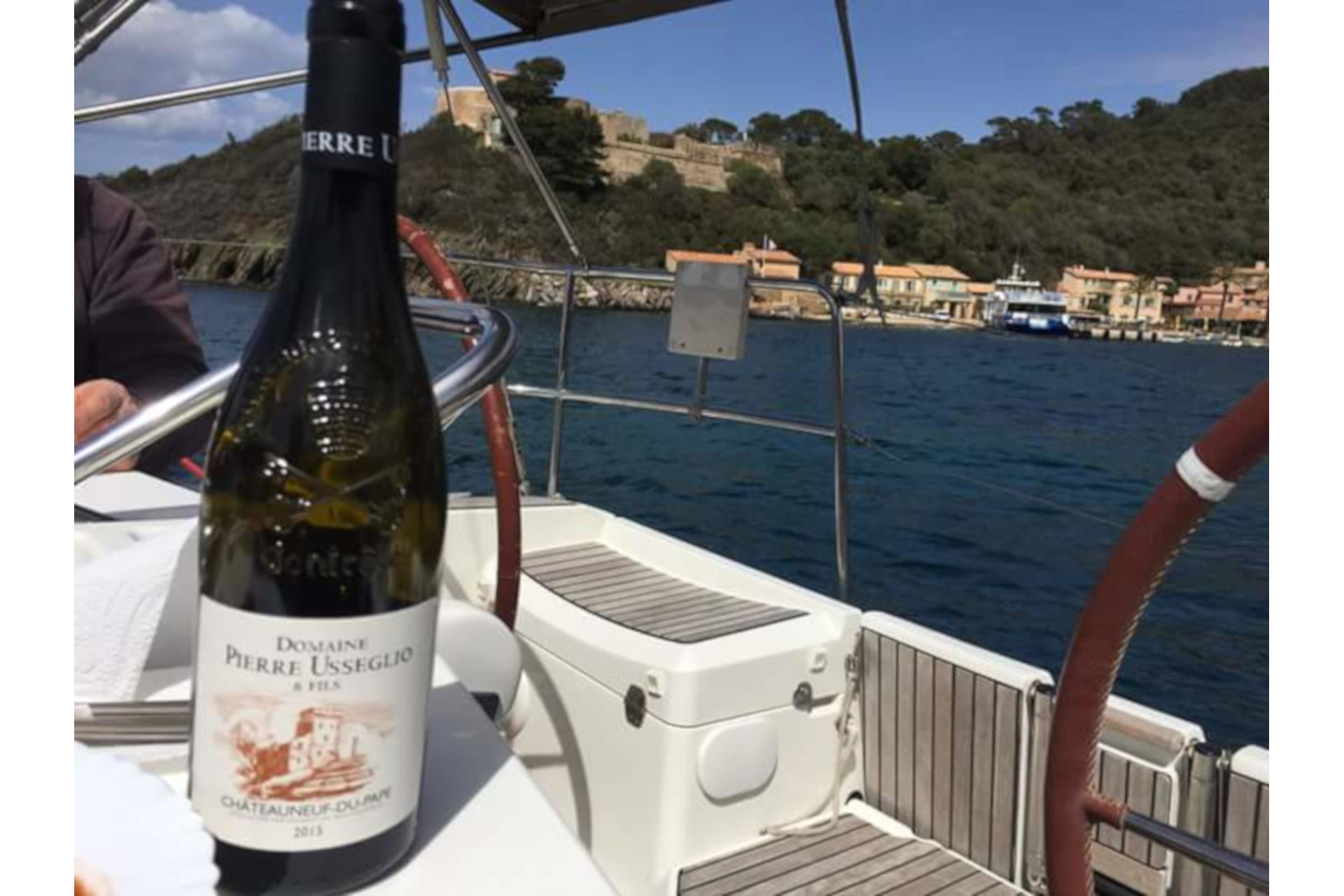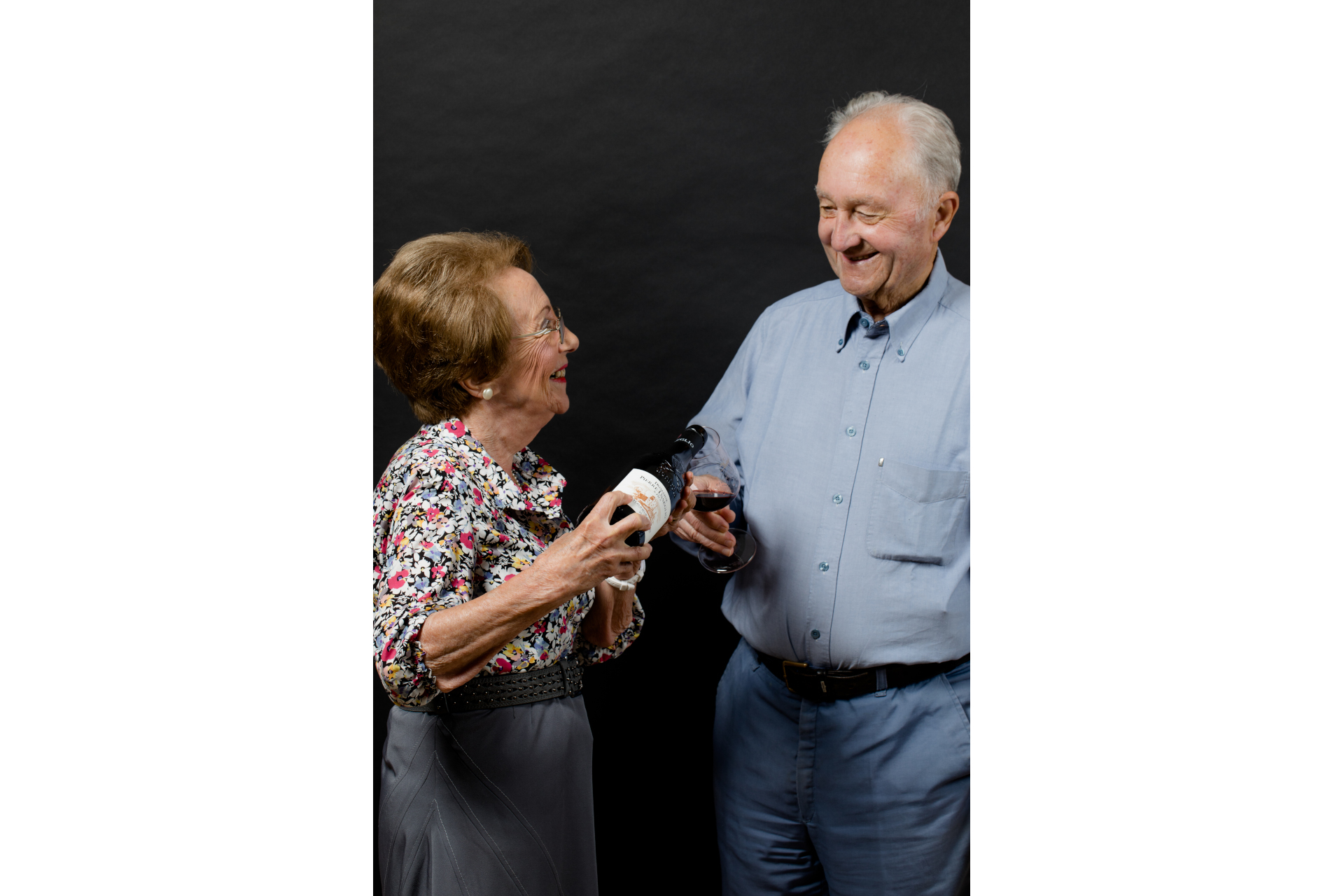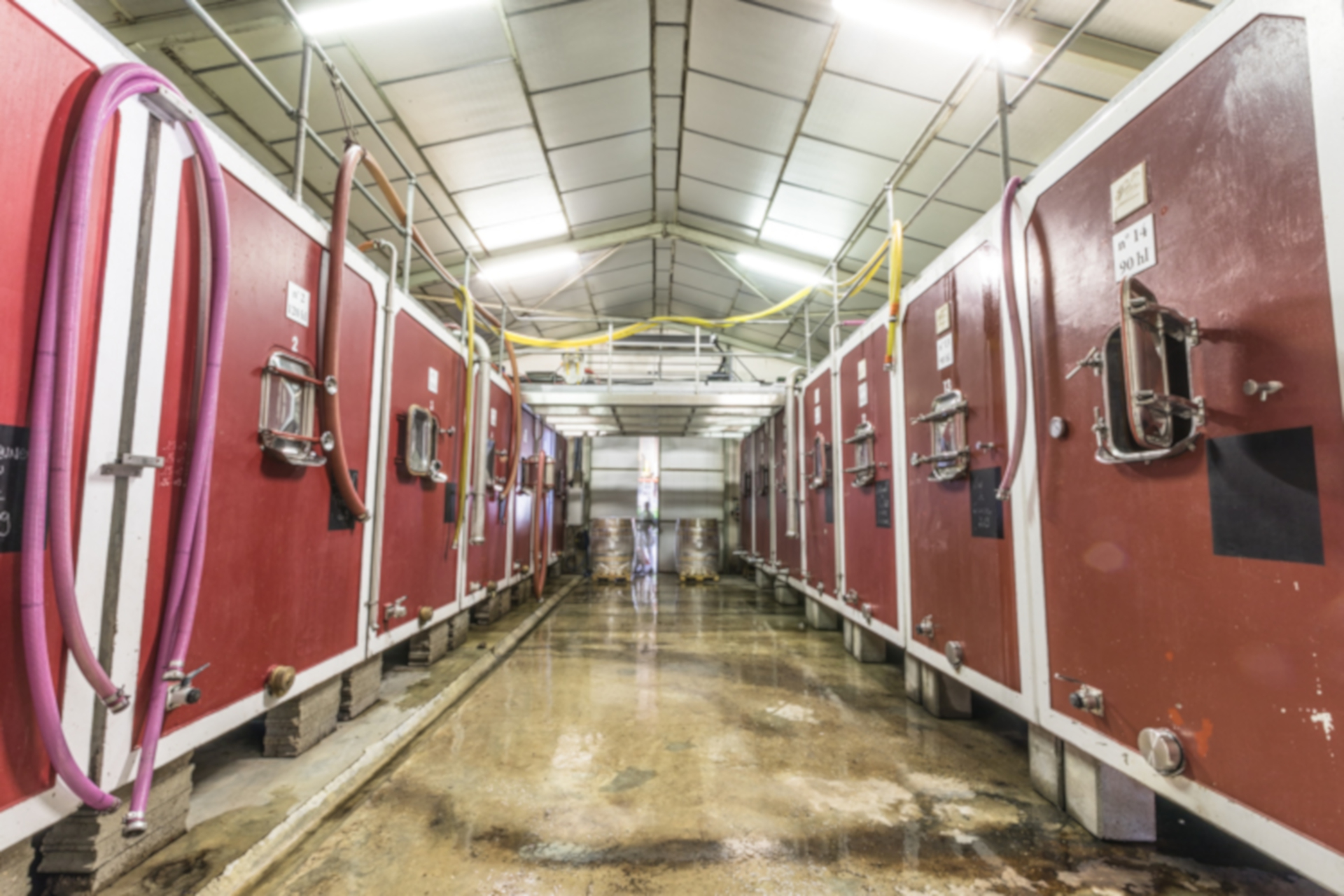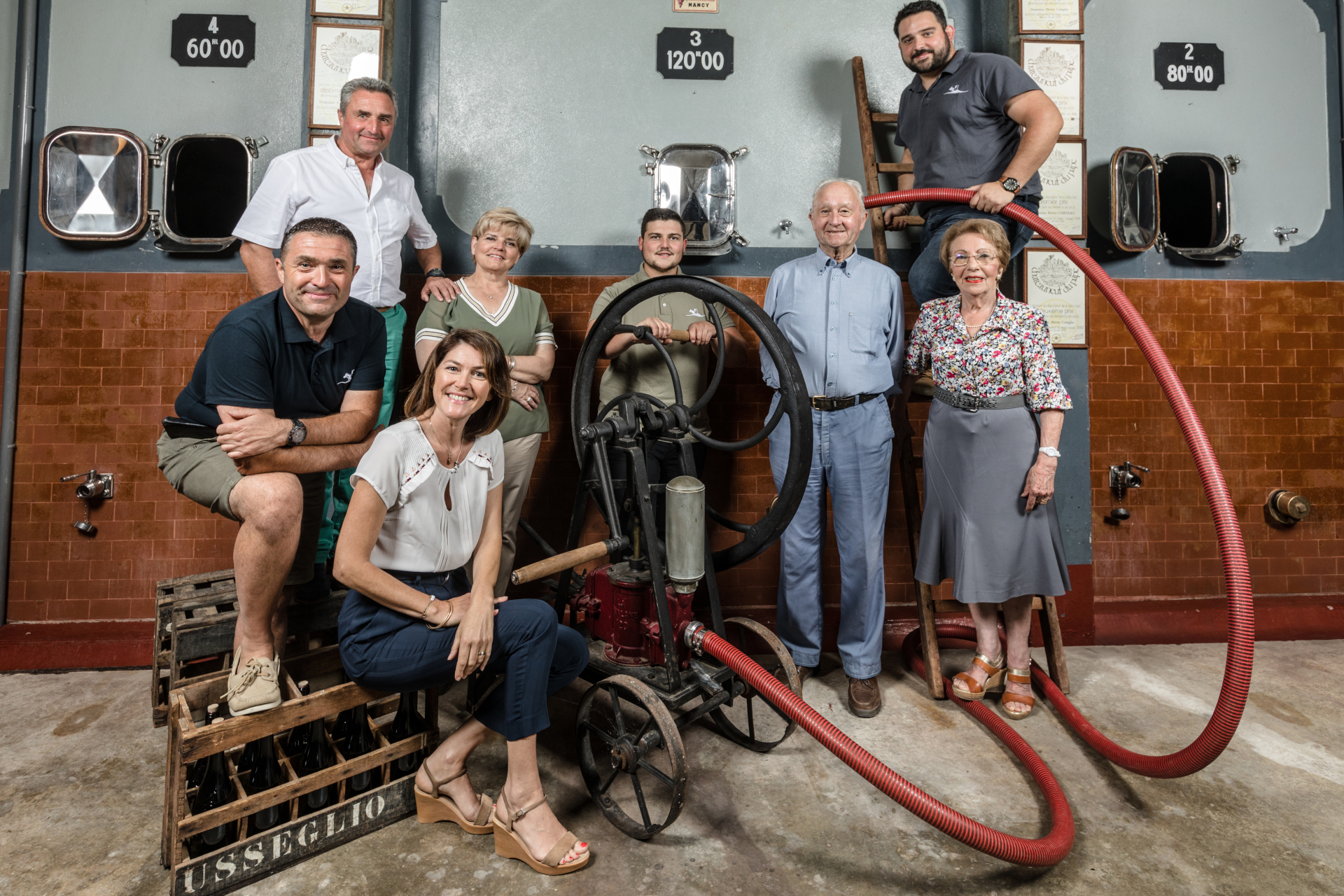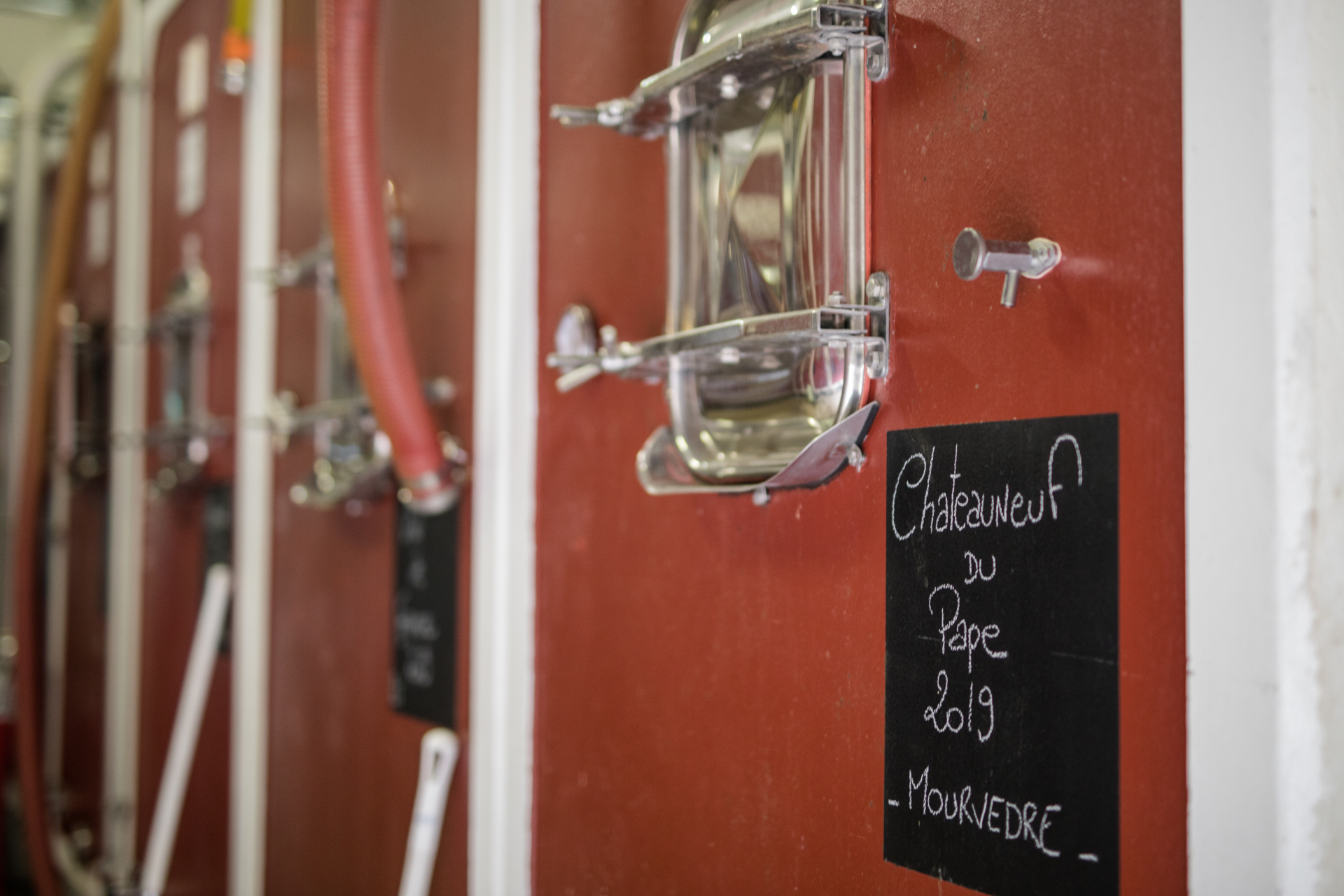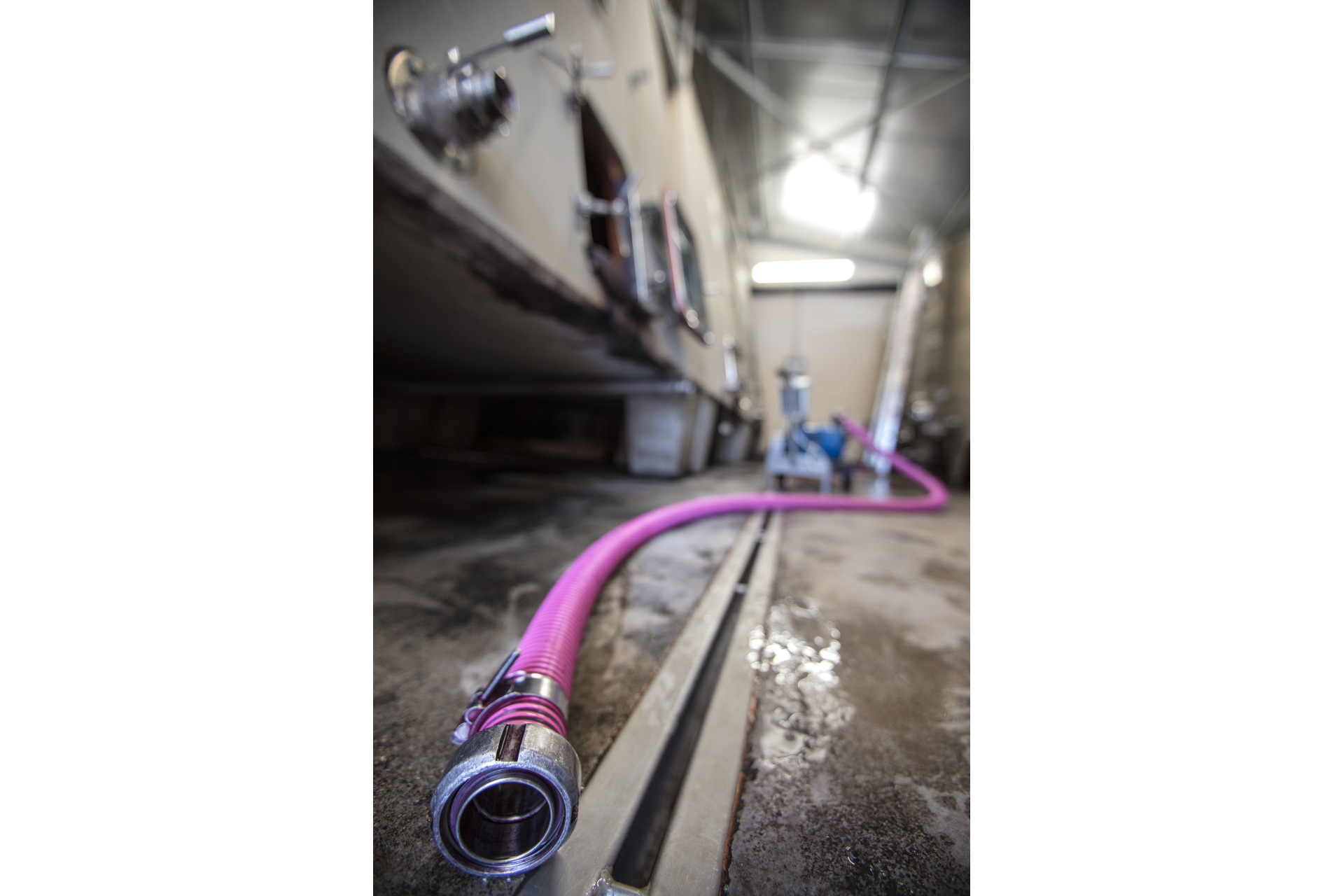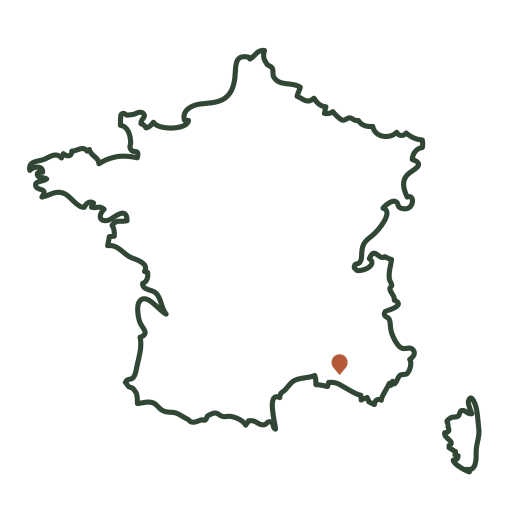The Pierre Usseglio Estate
The USSEGLIO Estate is a family business.  It was founded in 1948, when Francis USSEGLIO, the grandfather, left Italy to work as a vineyard laborer in CHATEAUNEUF-DU-PAPE. His very first harvest came out of the press in 1949.
It was founded in 1948, when Francis USSEGLIO, the grandfather, left Italy to work as a vineyard laborer in CHATEAUNEUF-DU-PAPE. His very first harvest came out of the press in 1949.
Later, his son Pierre took over and expanded the size of the Pierre Usseglio estate. Today, it covers 39 hectares, including 24 hectares of red Châteauneuf-du-Pape, 1 hectare of white Châteauneuf-du-Pape, 6 hectares of red Lirac, 6 hectares of Côtes-du-Rhône, and 2 hectares of Vin de France, which are managed by Pierre’s two sons, Jean-Pierre and Thierry Usséglio.
We produce a traditional red Châteauneuf-du-Pape.
Half of our vines are over 65 years old, while the other half are around 40 years old. Yields are very low, around 20 to 25 hectoliters per hectare, depending on the vintage. Harvesting is always done by hand and the grapes are selectively sorted. The grapes are destemmed and the vatting lasts 25 to 30 days.
The wines are then aged 50% in oak casks for 12 months and 50% in concrete vats. The result is powerful, round wines with pronounced aromas of red fruits and spices.
The optimal drinking period is between 5 and 10 years, depending on taste and vintage.
Red Châteauneuf-du-Pape pairs well with meat, dishes with sauce, and the most flavorful cheeses.
The Châteauneuf-du-Pape appellation
The Châteauneuf-du-Pape appellation covers 3,200 hectares. The vineyard is located on the left bank of the Rhône, where the terroir is diverse: sandy, clayey, or stony soils covered with the famous rounded pebbles. These pebbles have the unique ability to store heat throughout the day and then release it at night to the vines. This results in greater ripeness of the grapes.
The authorized yield does not exceed 30 to 35 hectoliters per hectare.
Finally, the diversity of the 13 grape varieties offers great complexity of aromas and good structure to the wines.The Châteauneuf-du-Pape appellation covers 3,200 hectares. The vineyard is located on the left bank of the Rhône, where the terroir is diverse: sandy, clayey, or stony soils covered with the famous rounded pebbles. These pebbles have the unique ability to store heat throughout the day and then release it at night to the vines. This results in greater ripeness of the grapes.
The authorized yield does not exceed 30 to 35 hectoliters per hectare.
Finally, the diversity of the 13 grape varieties offers great complexity of aromas and good structure to the wines.

